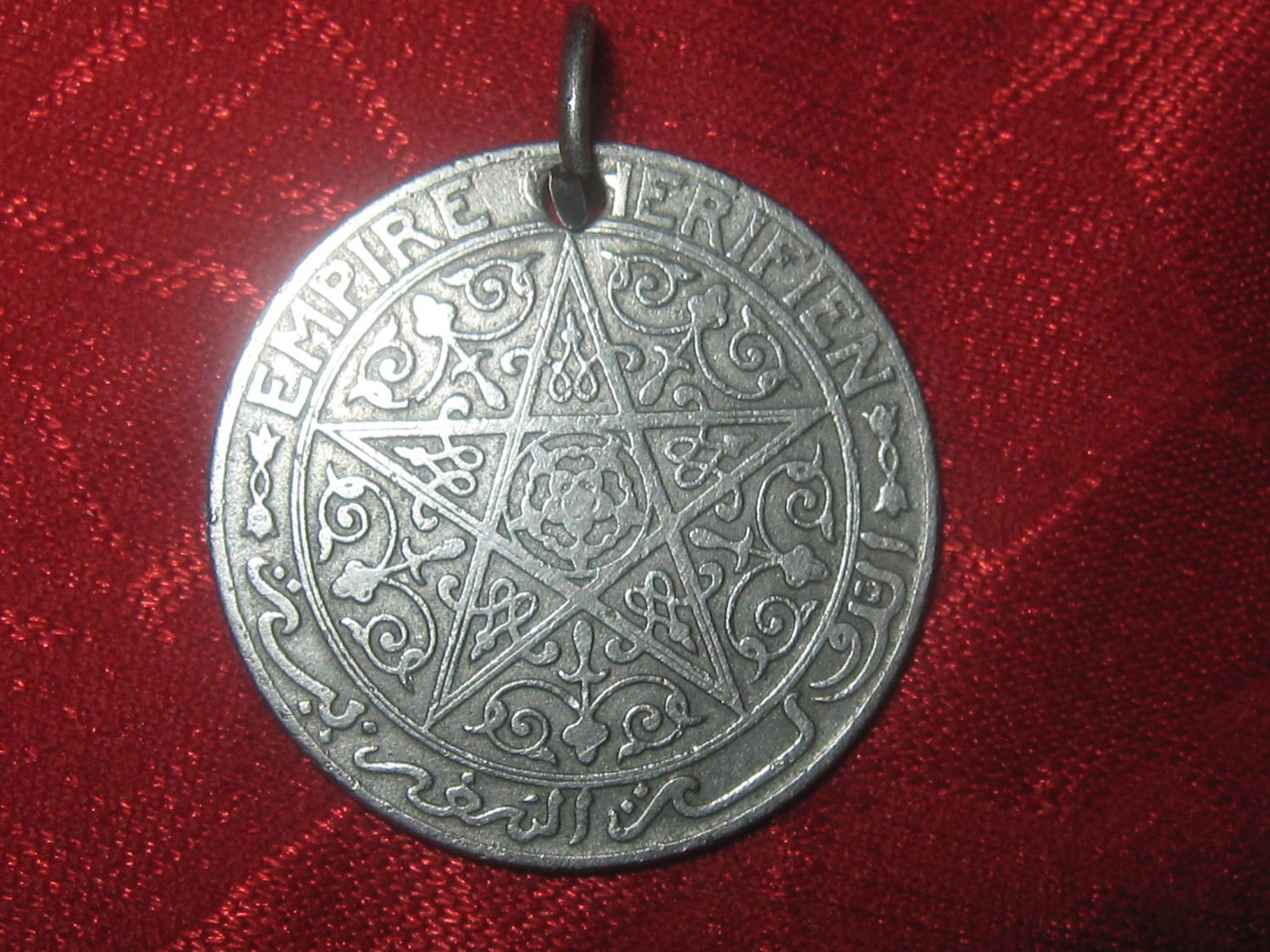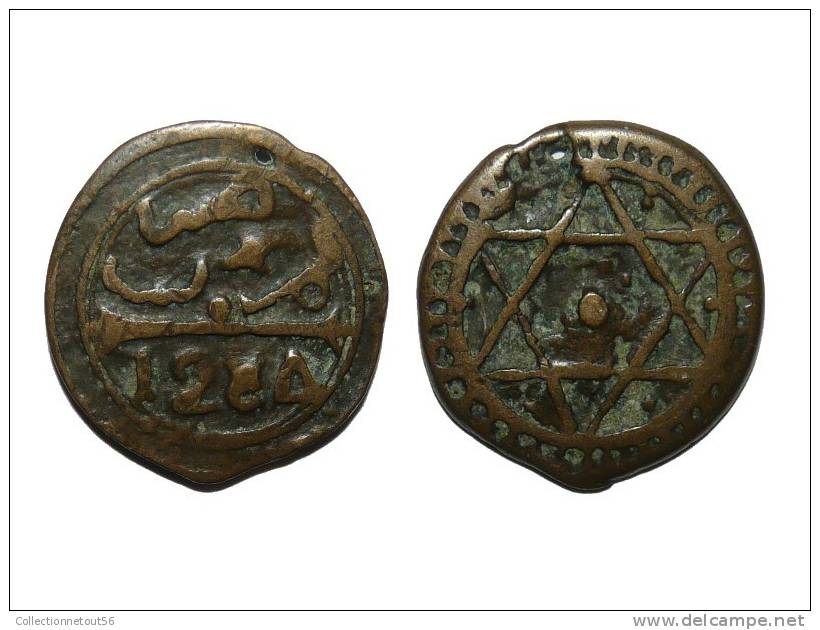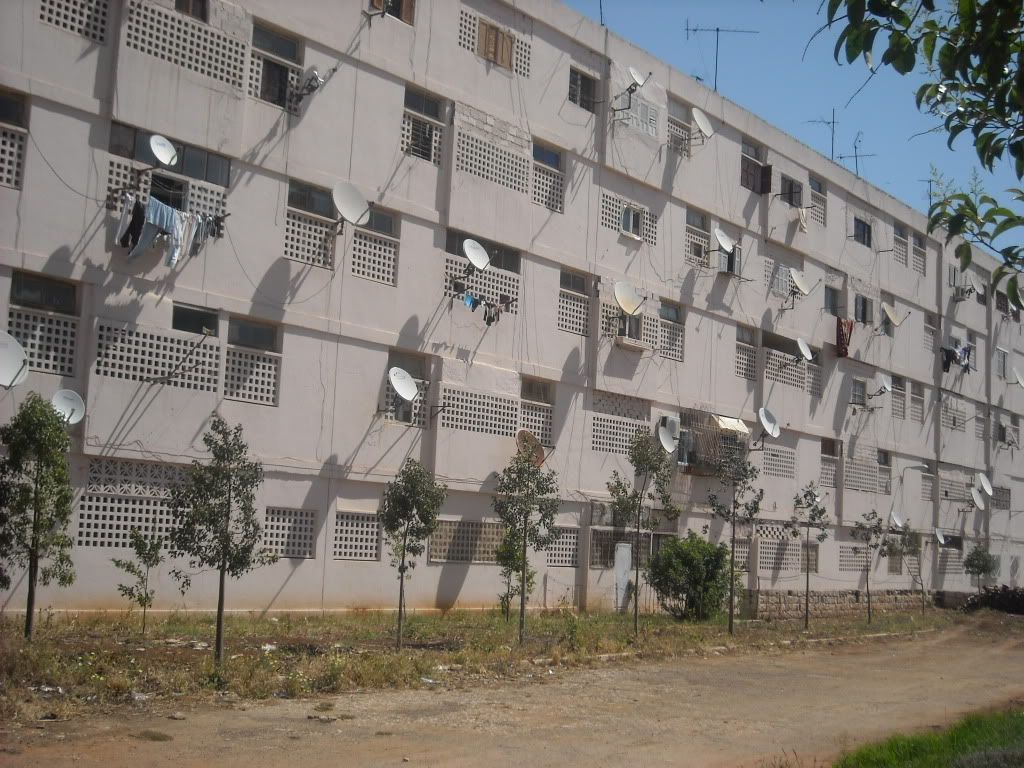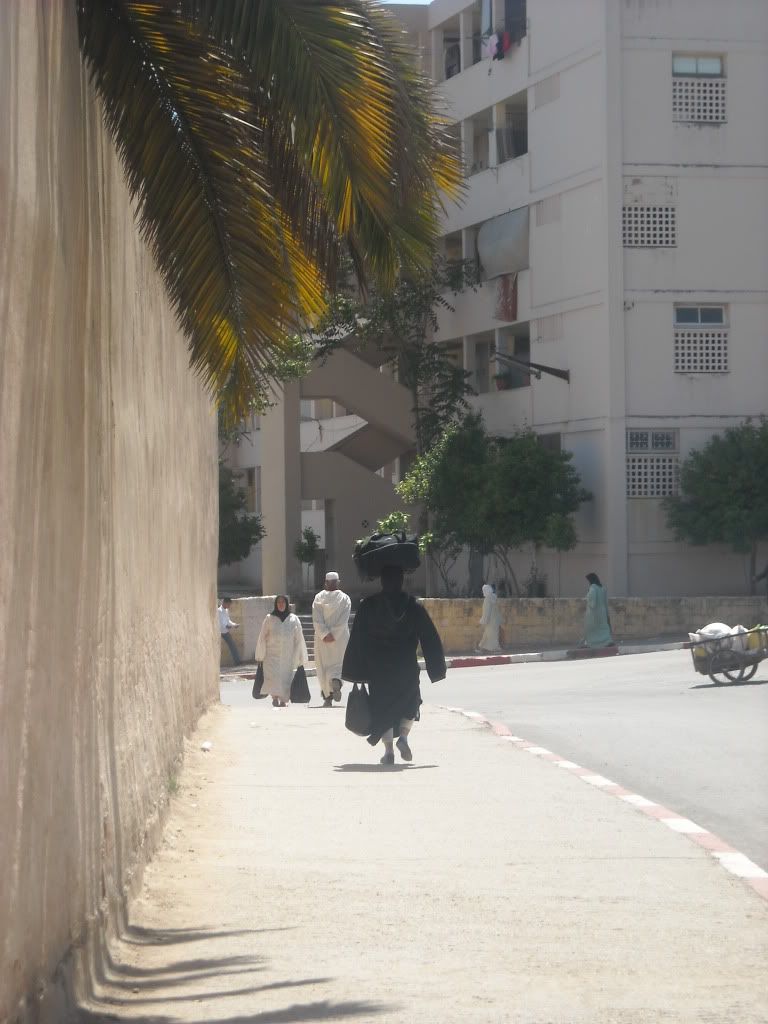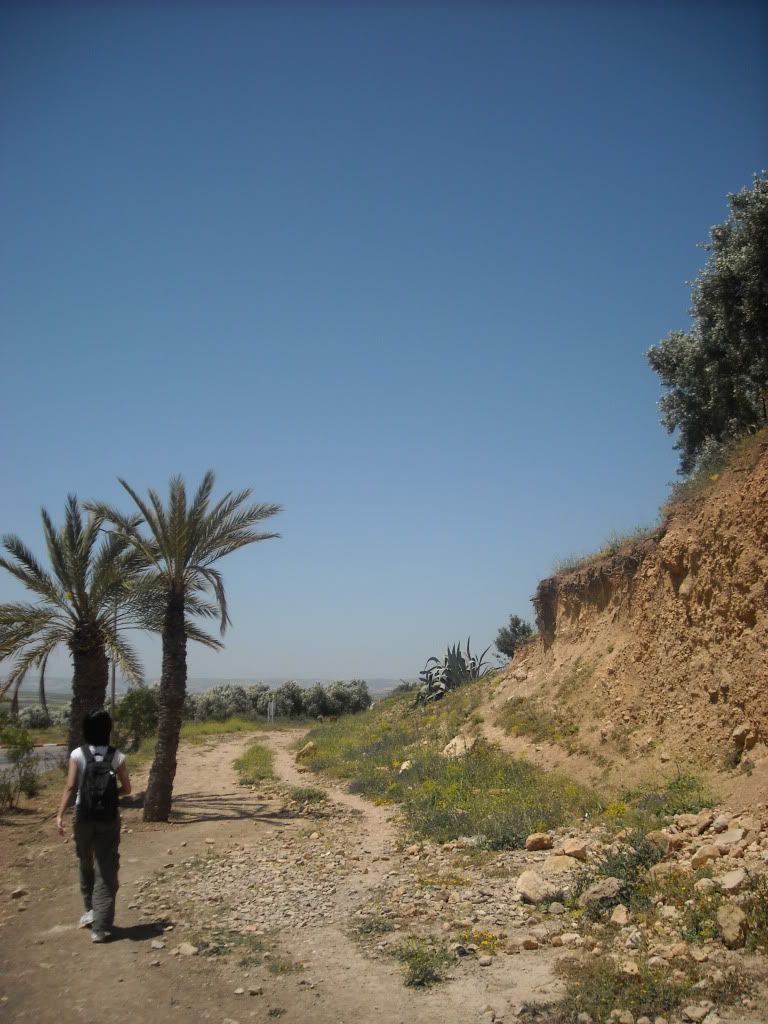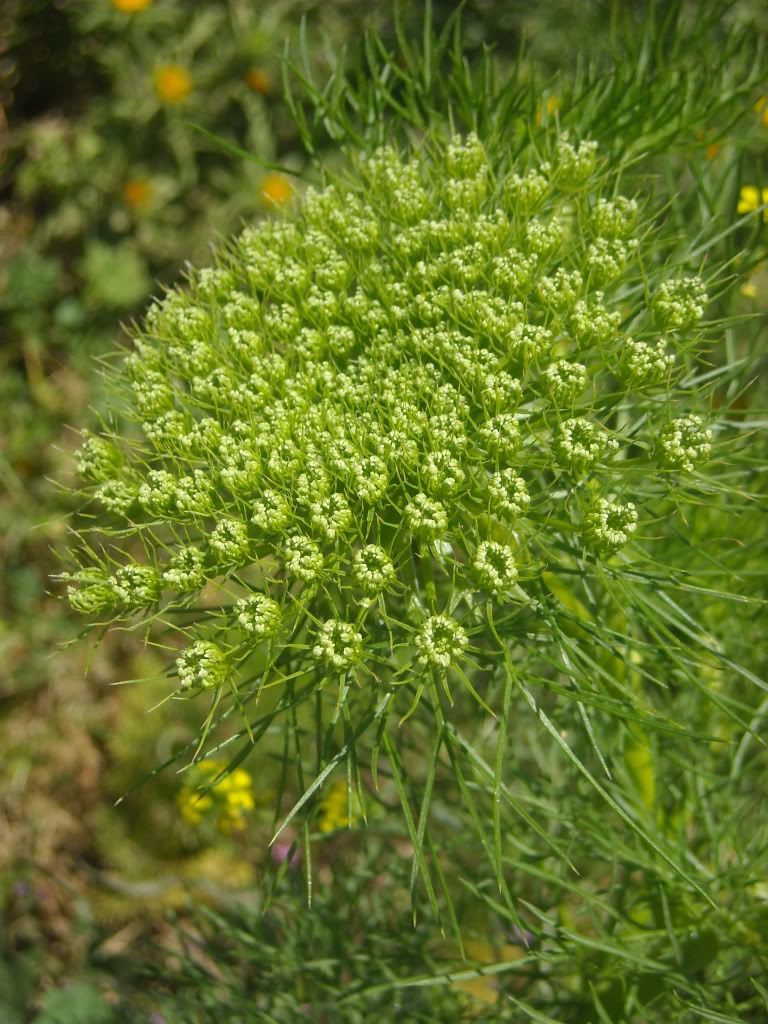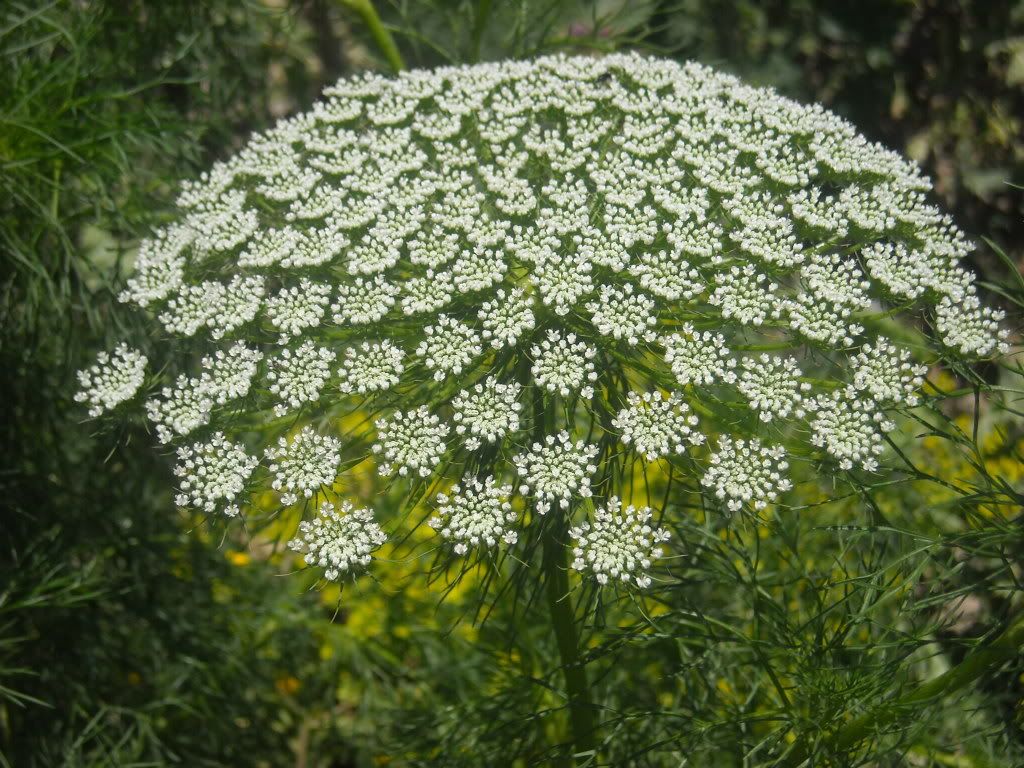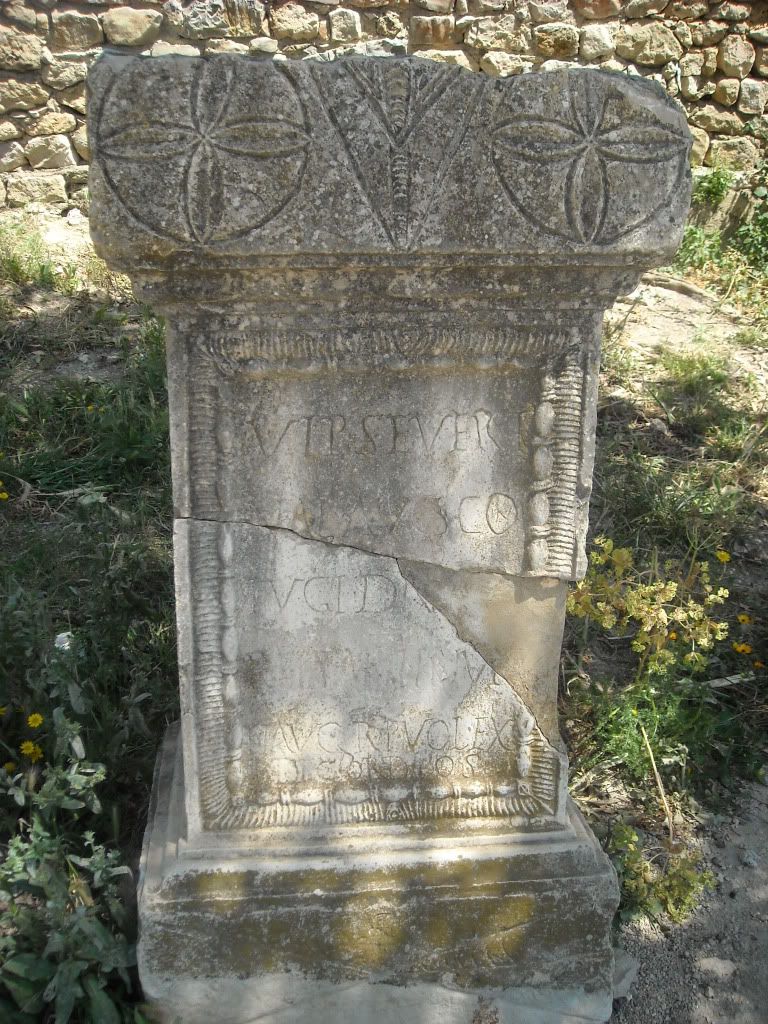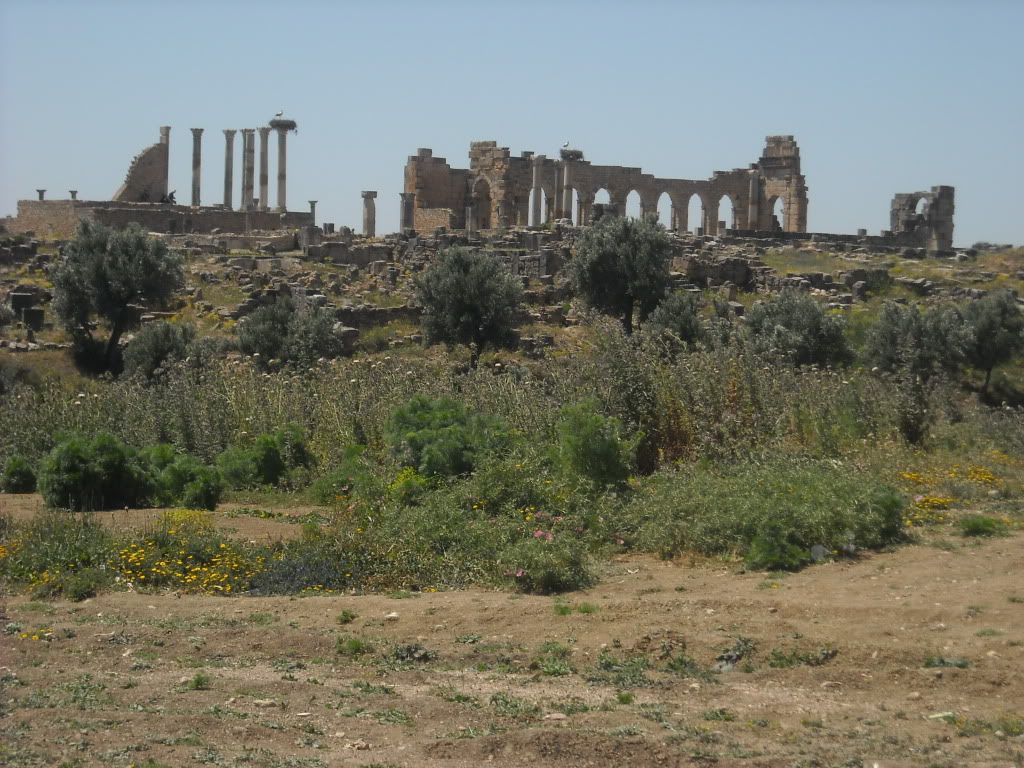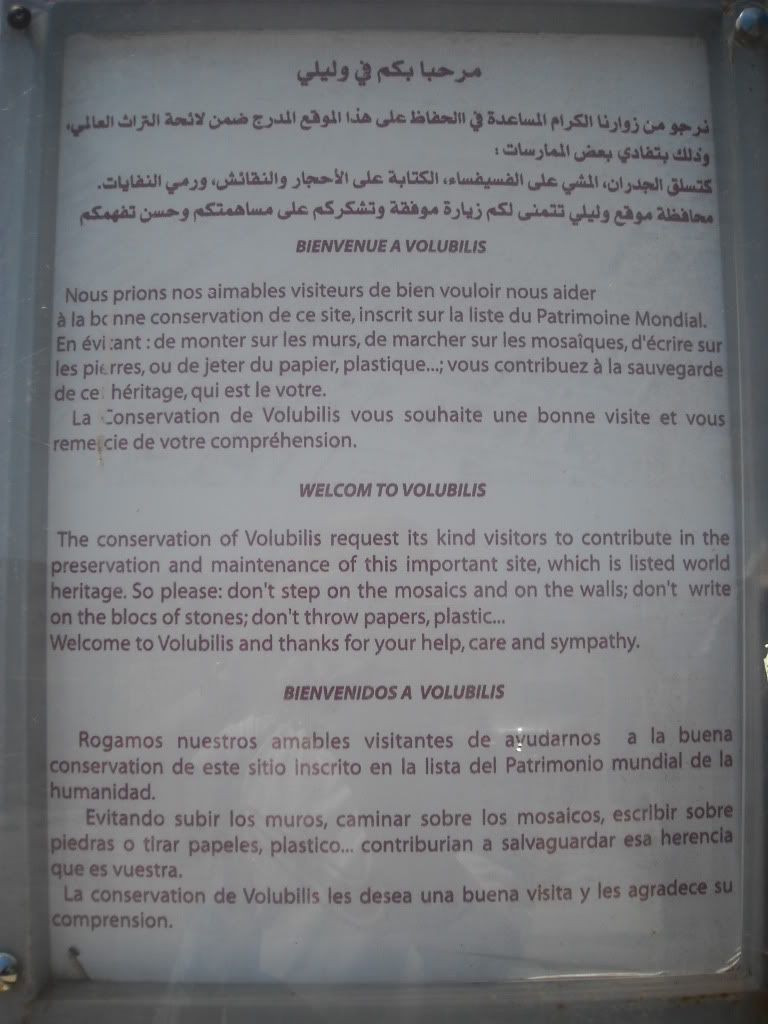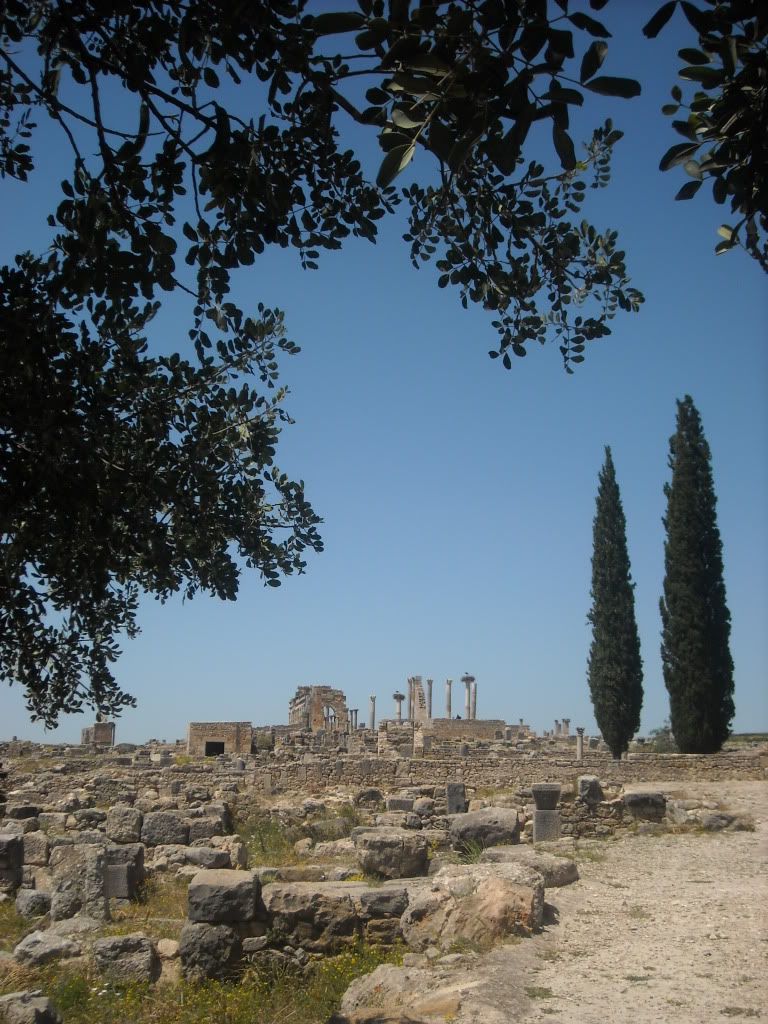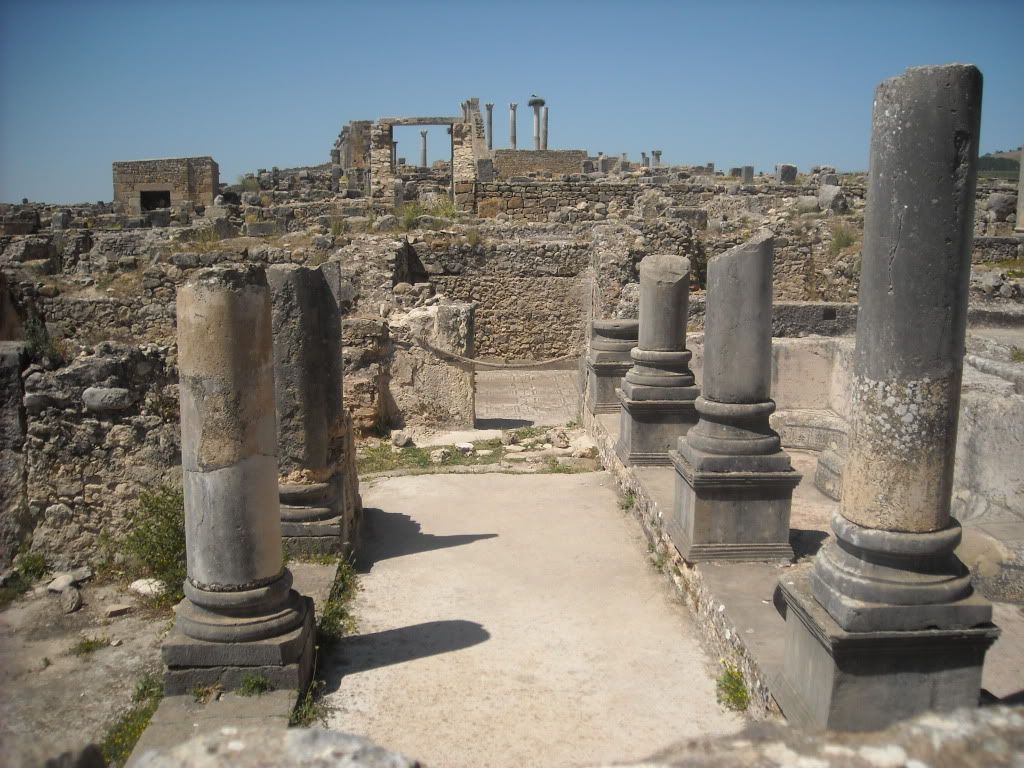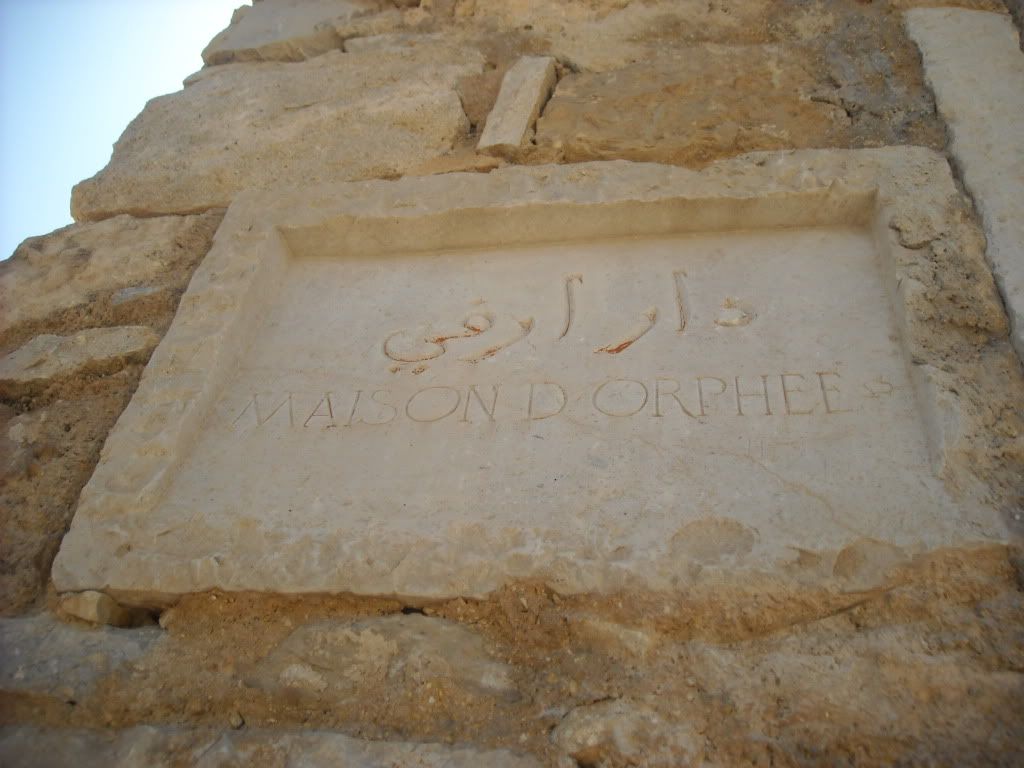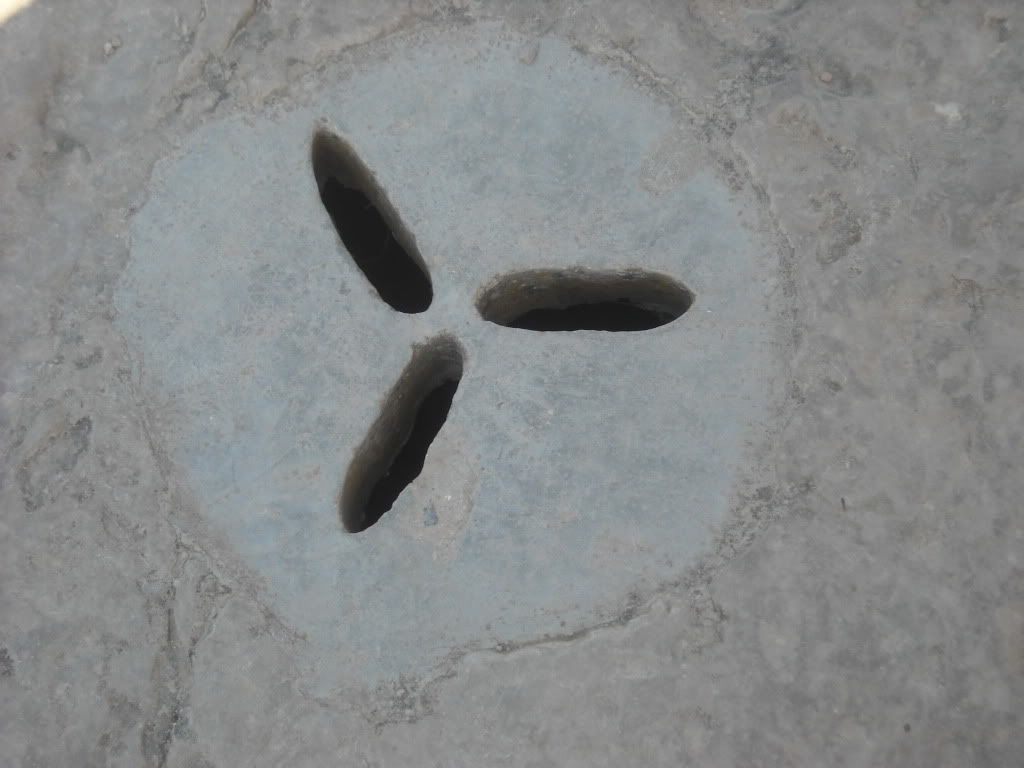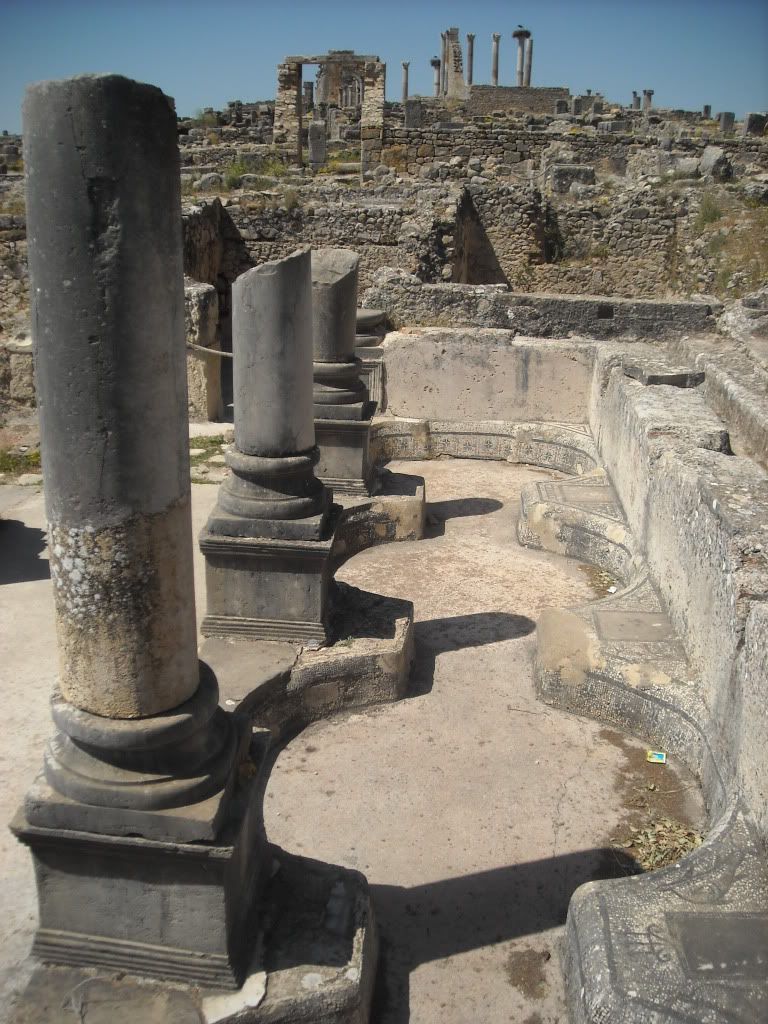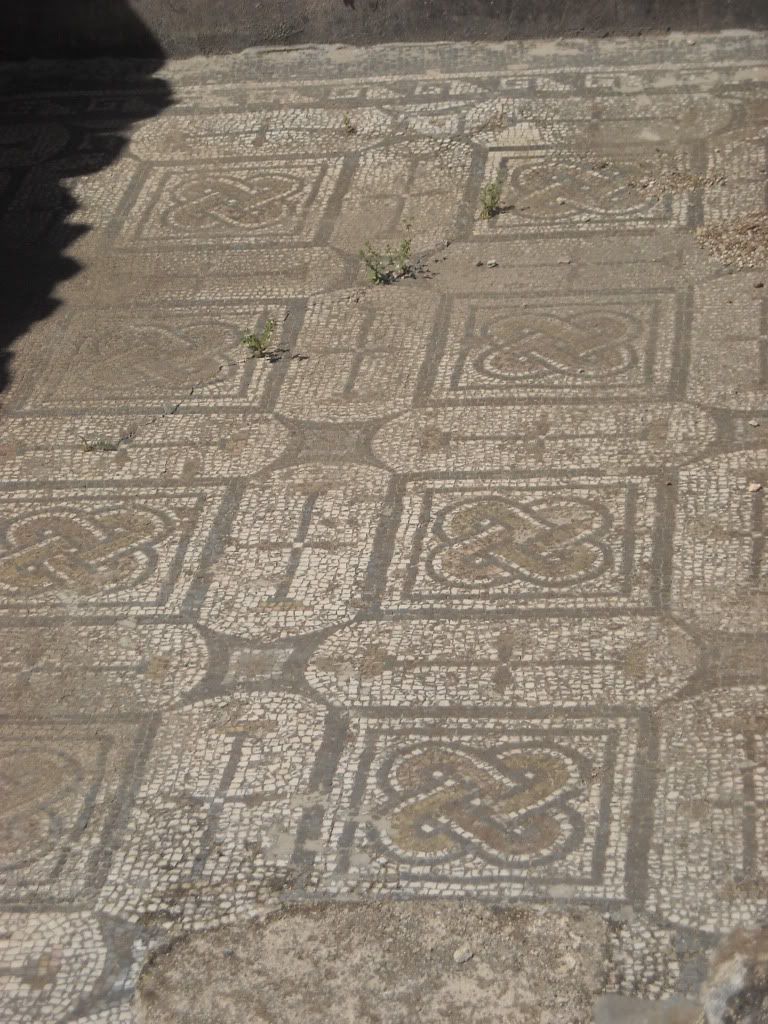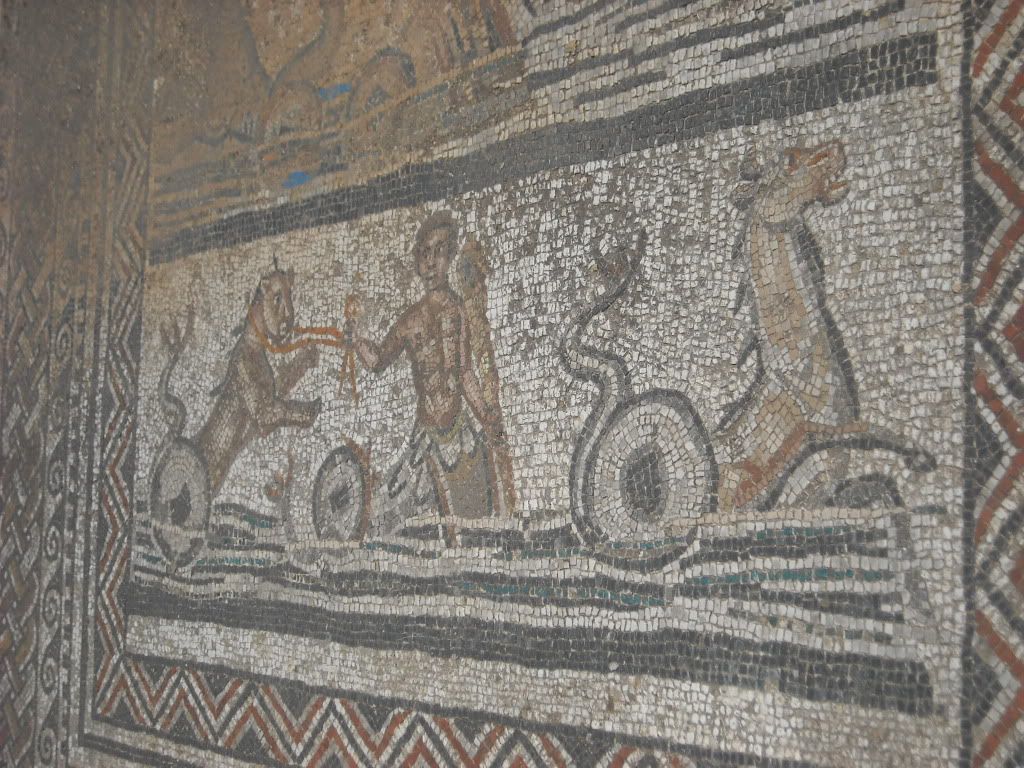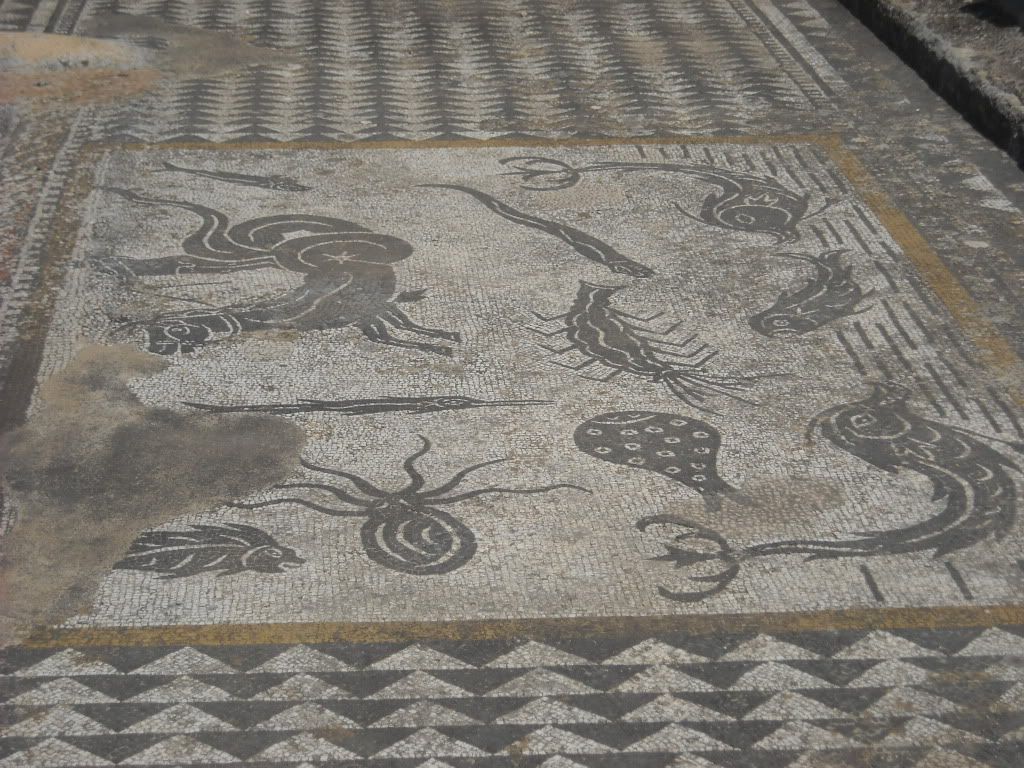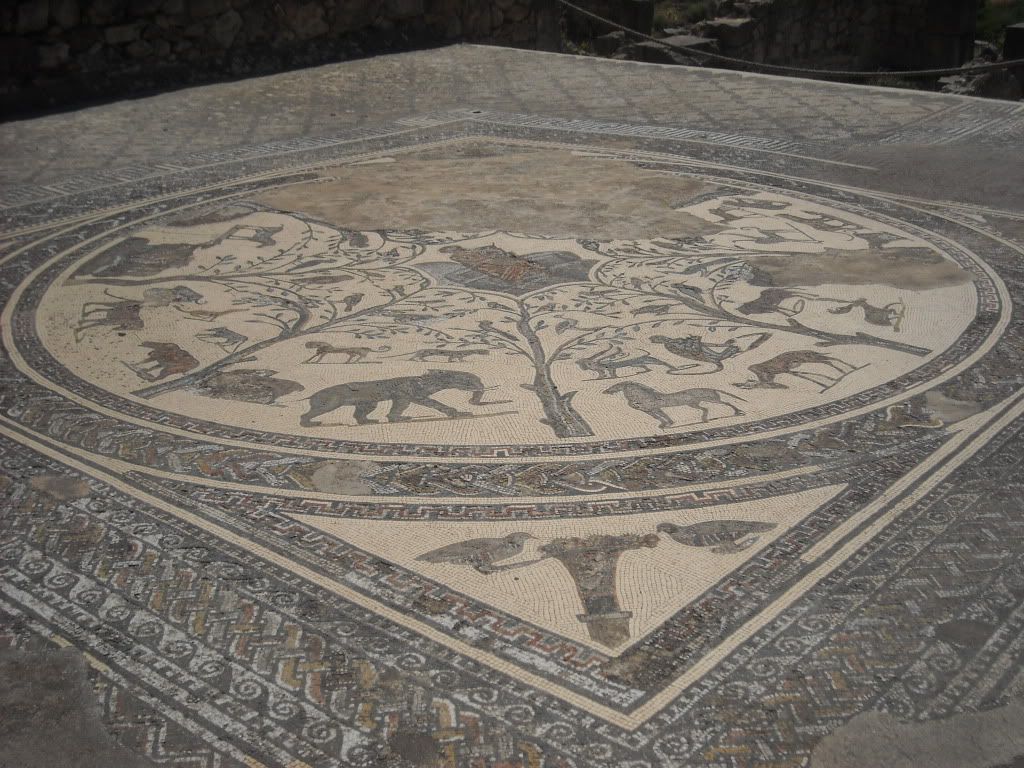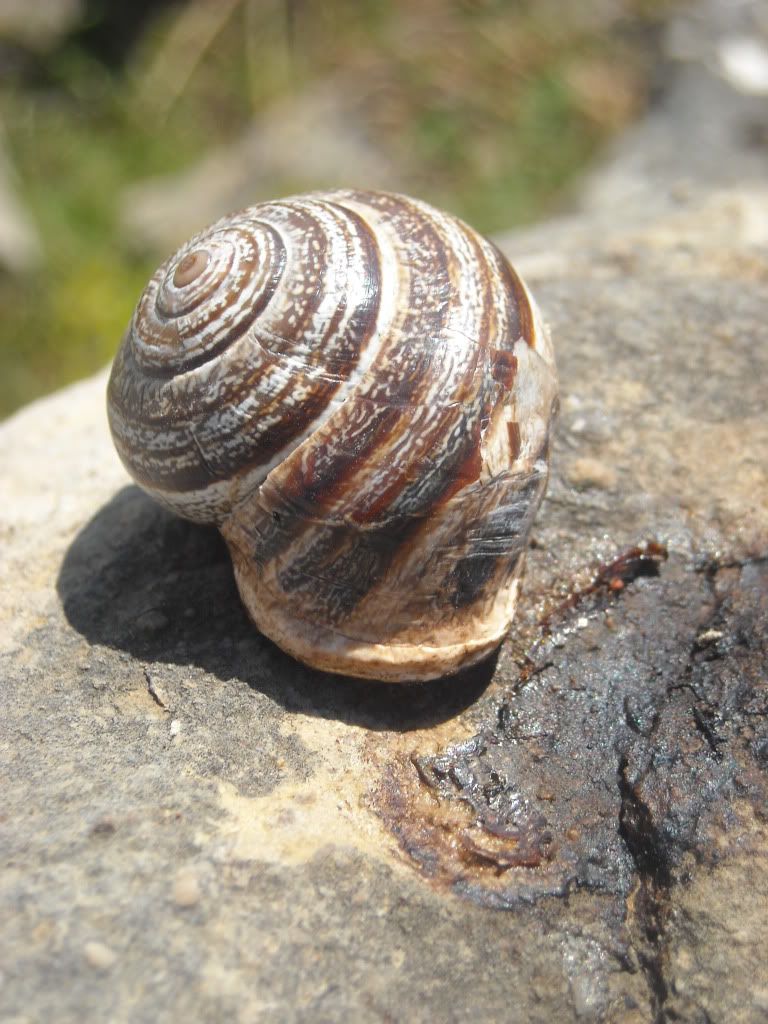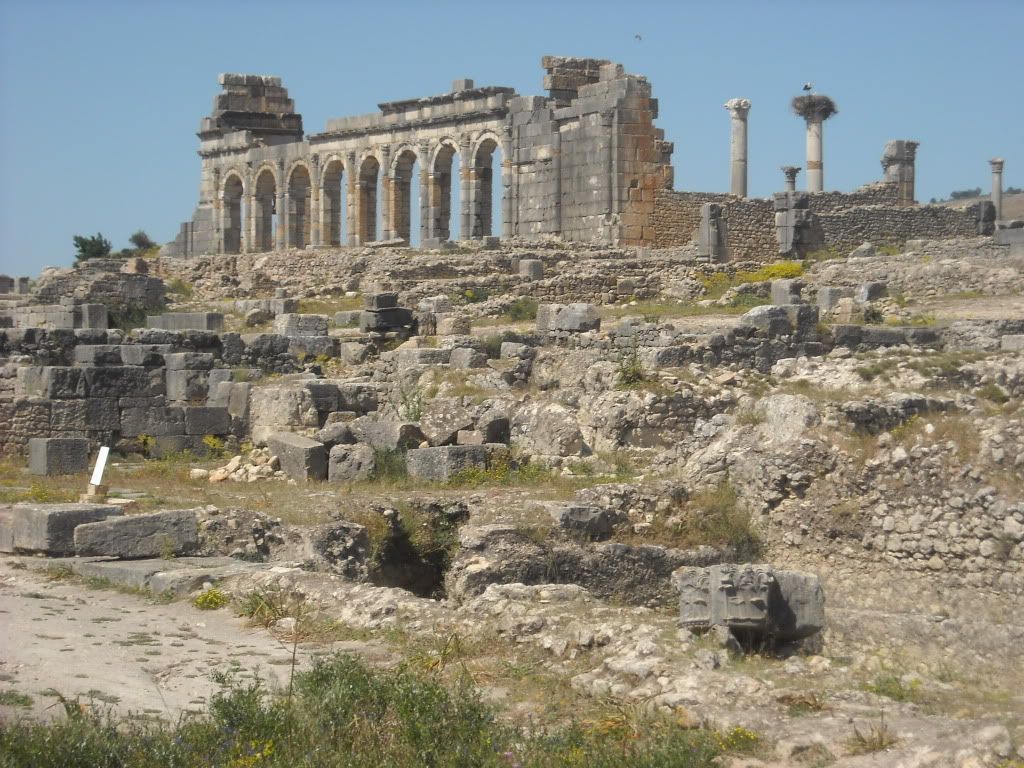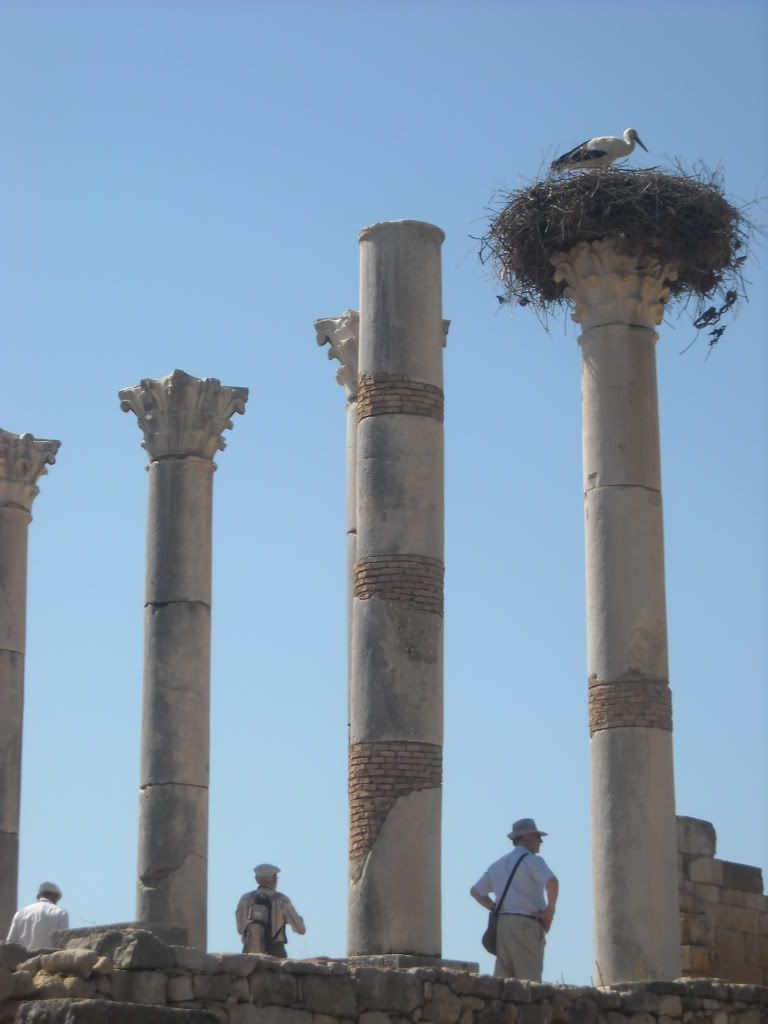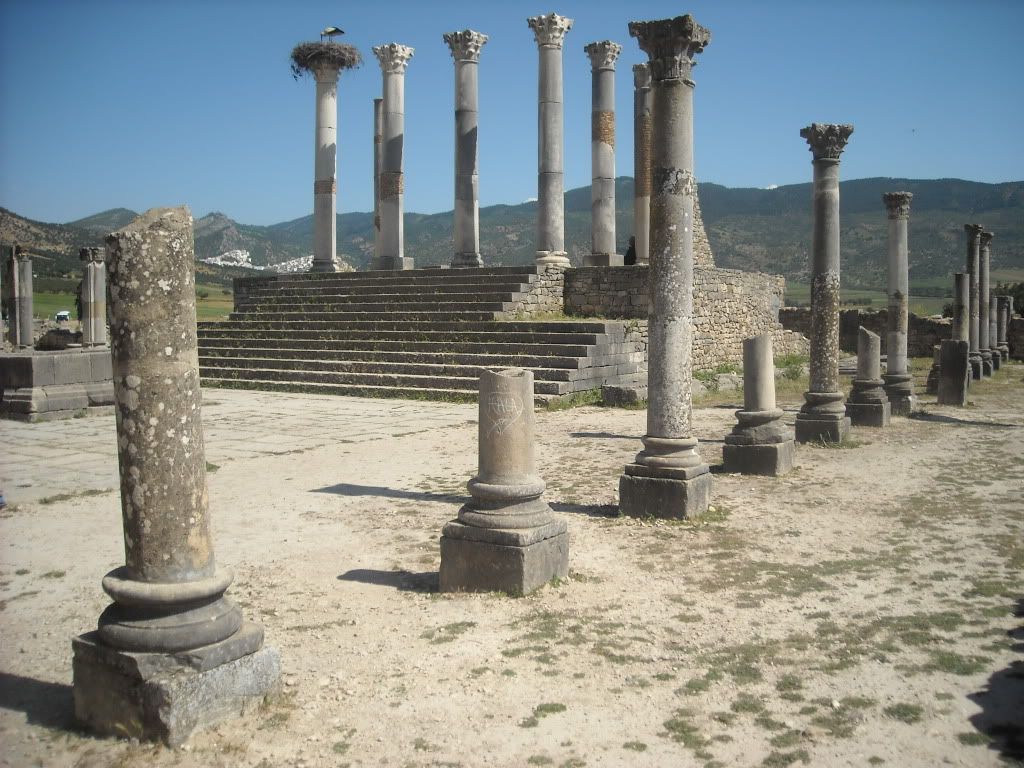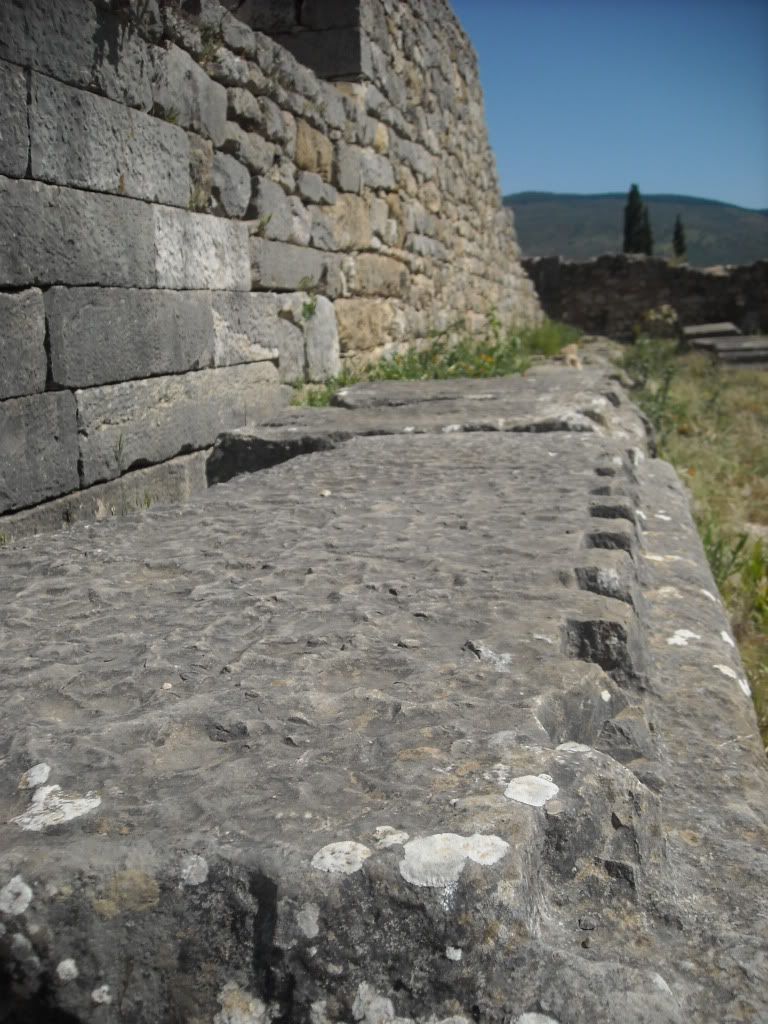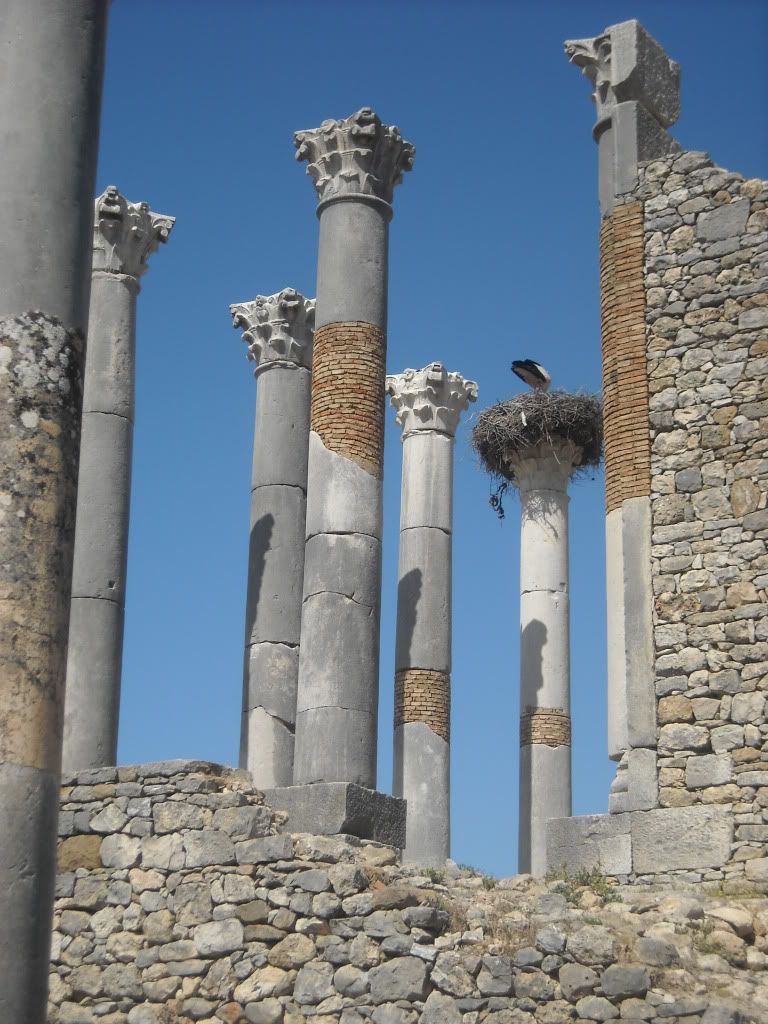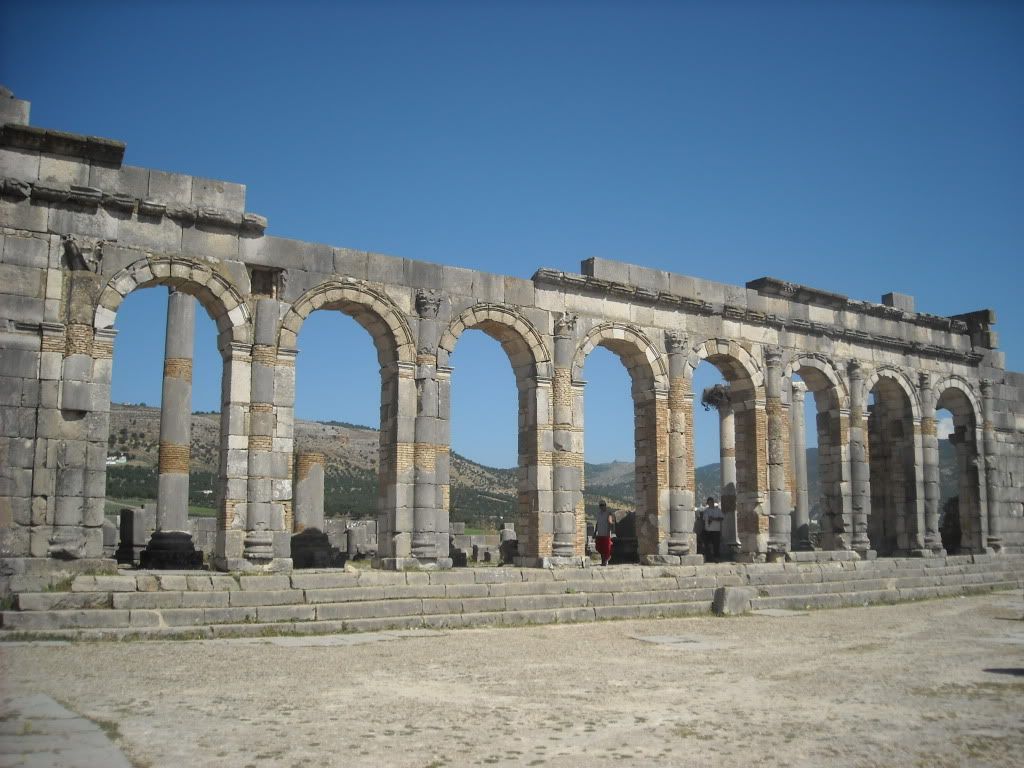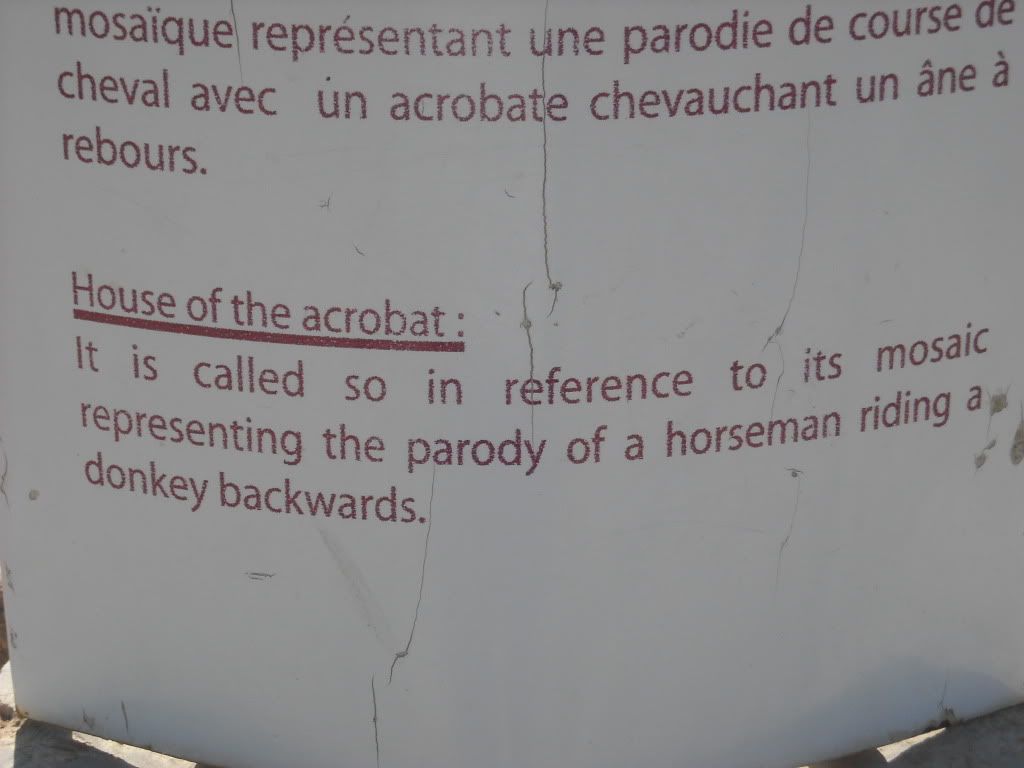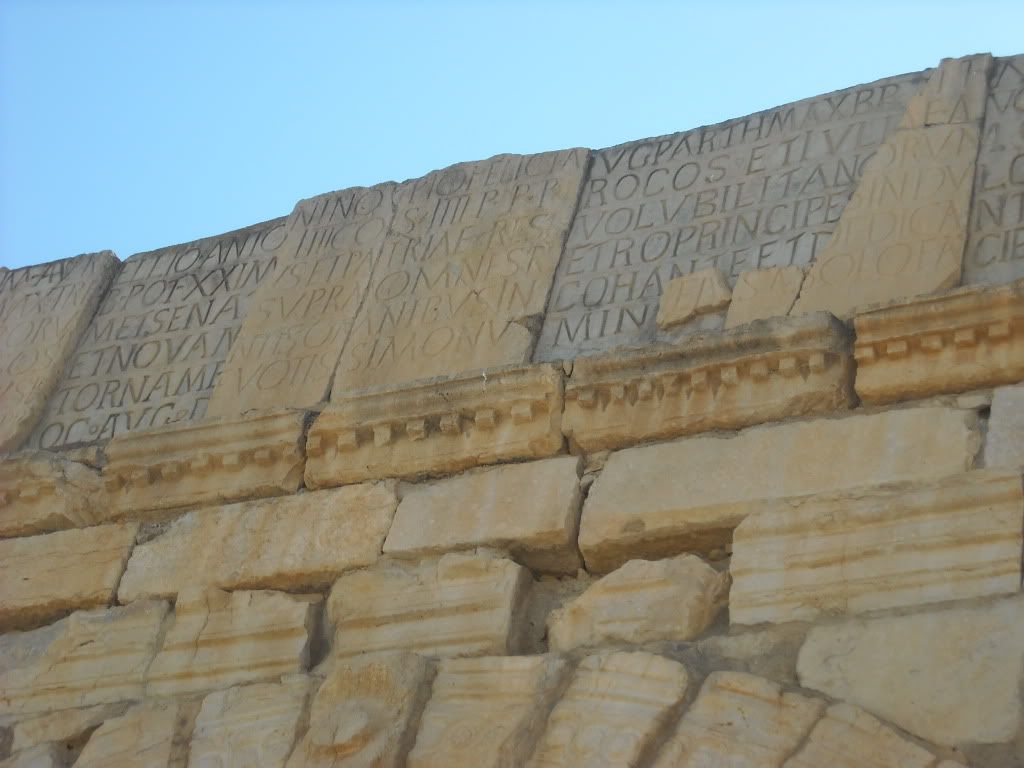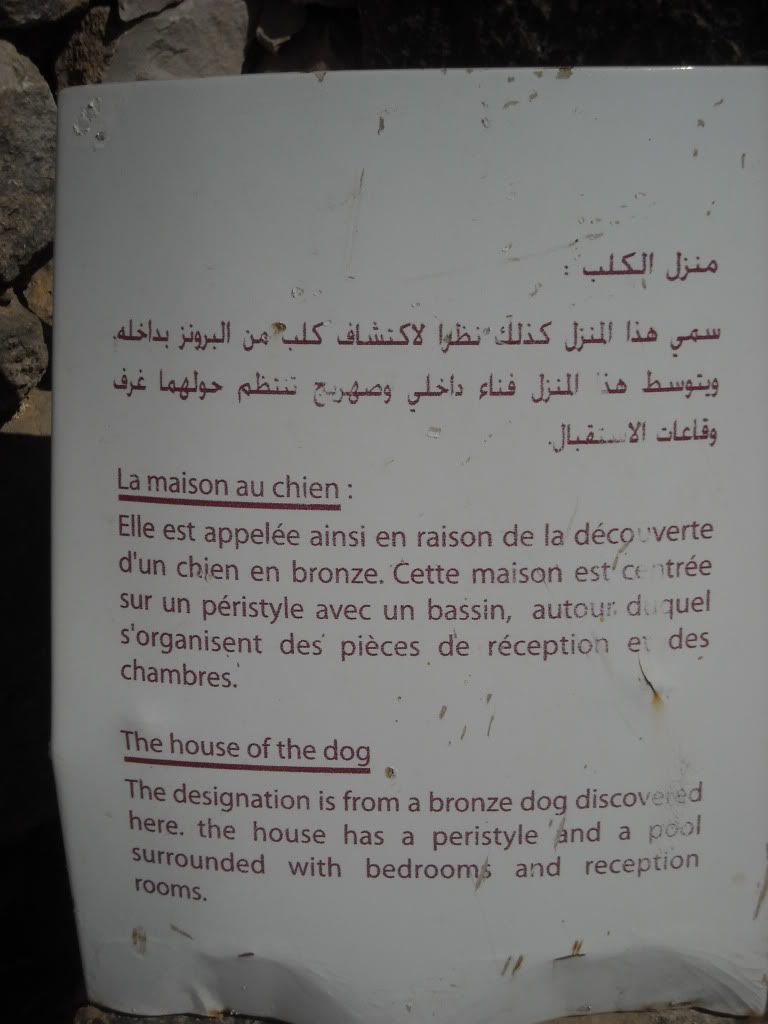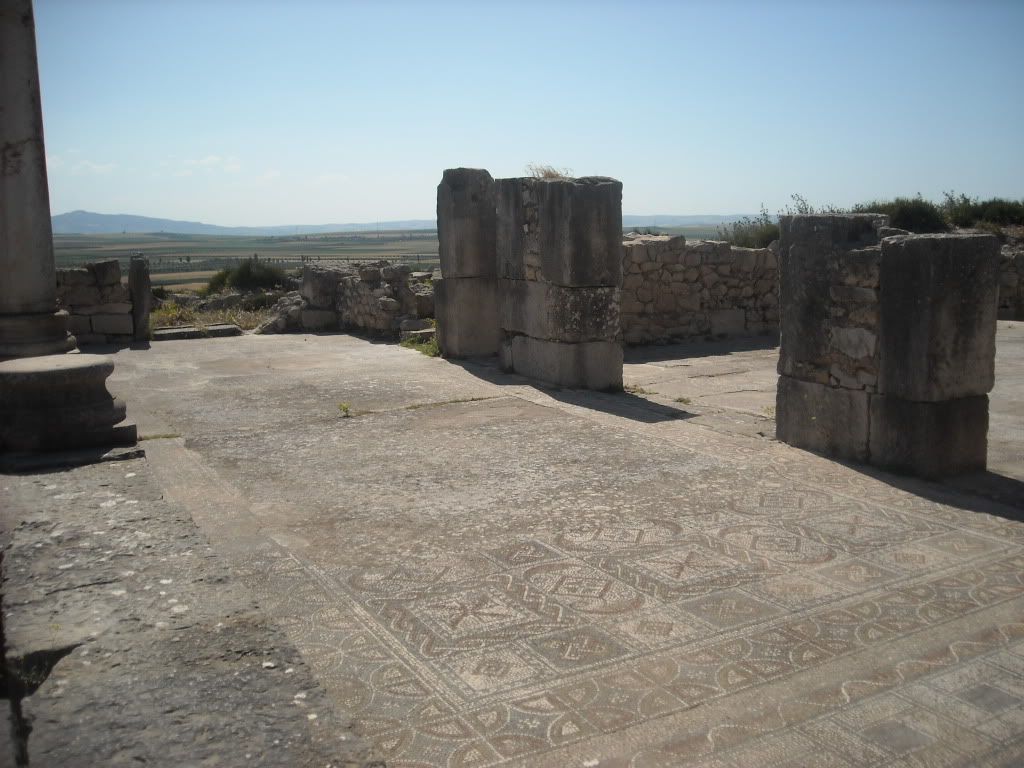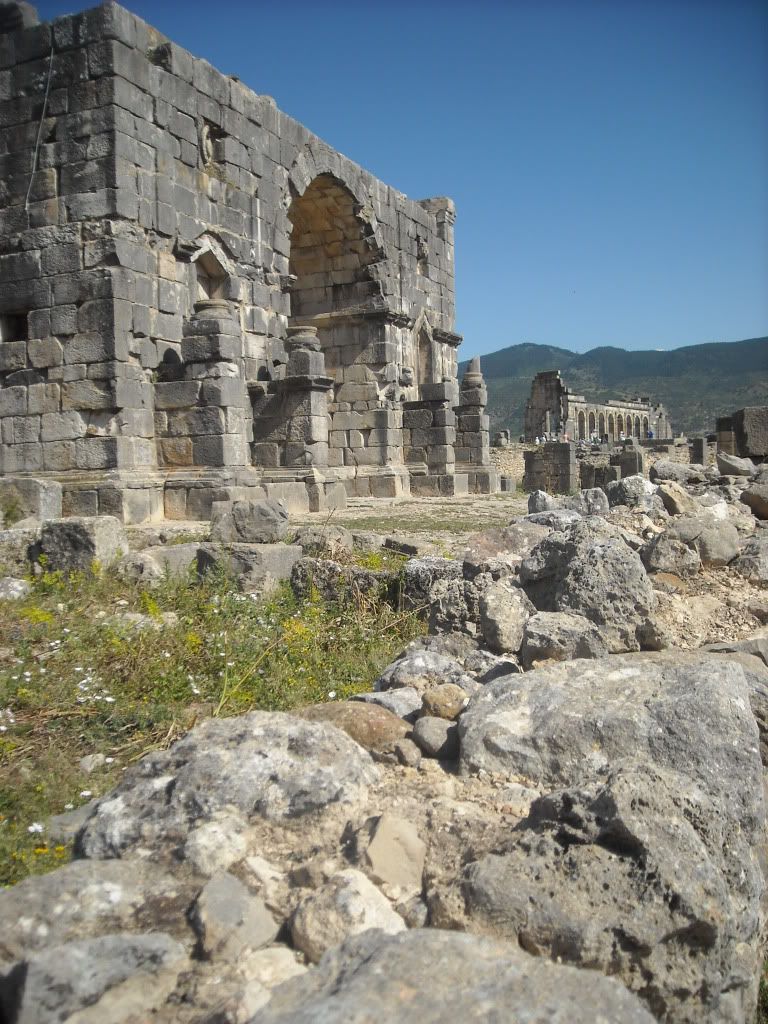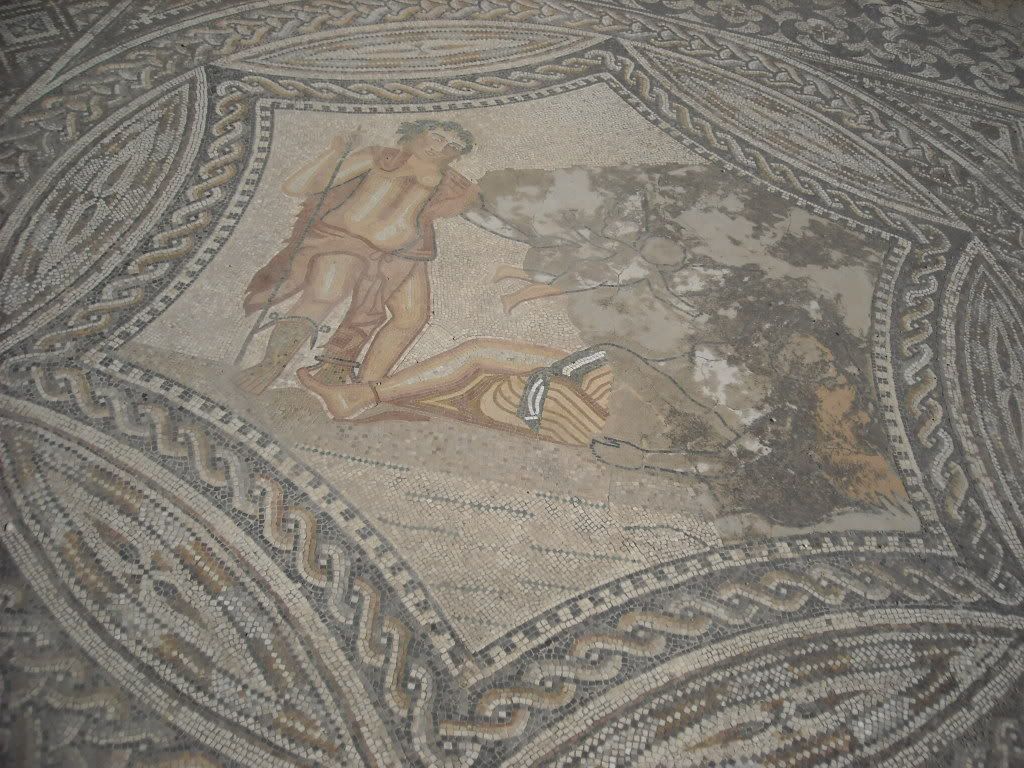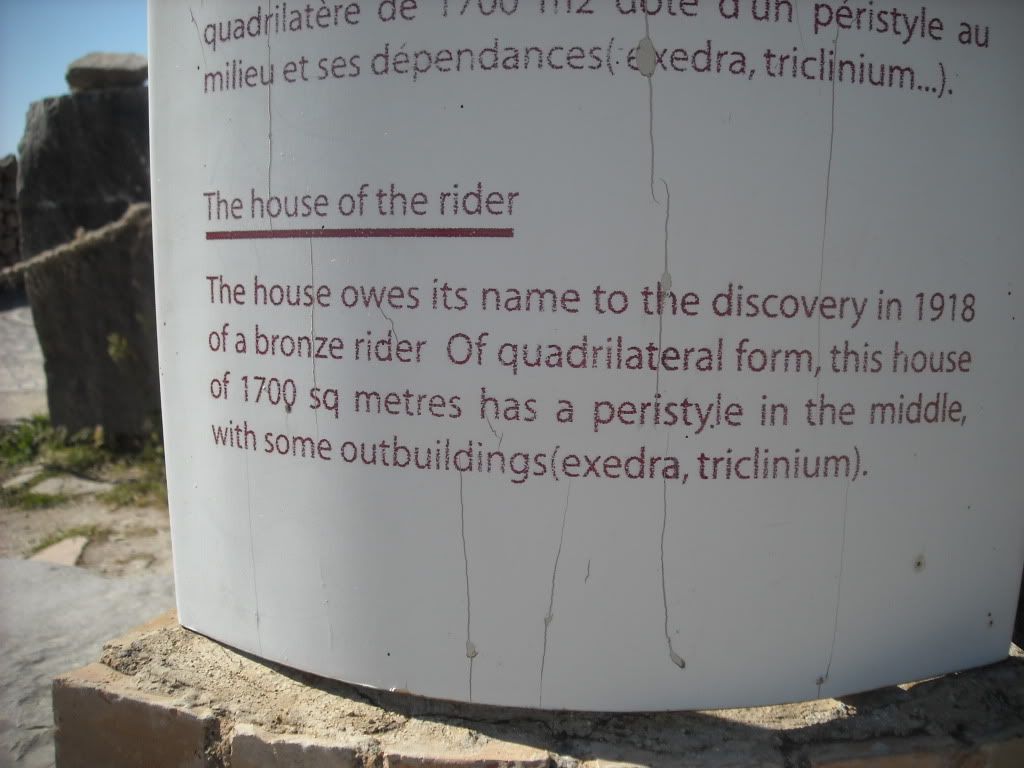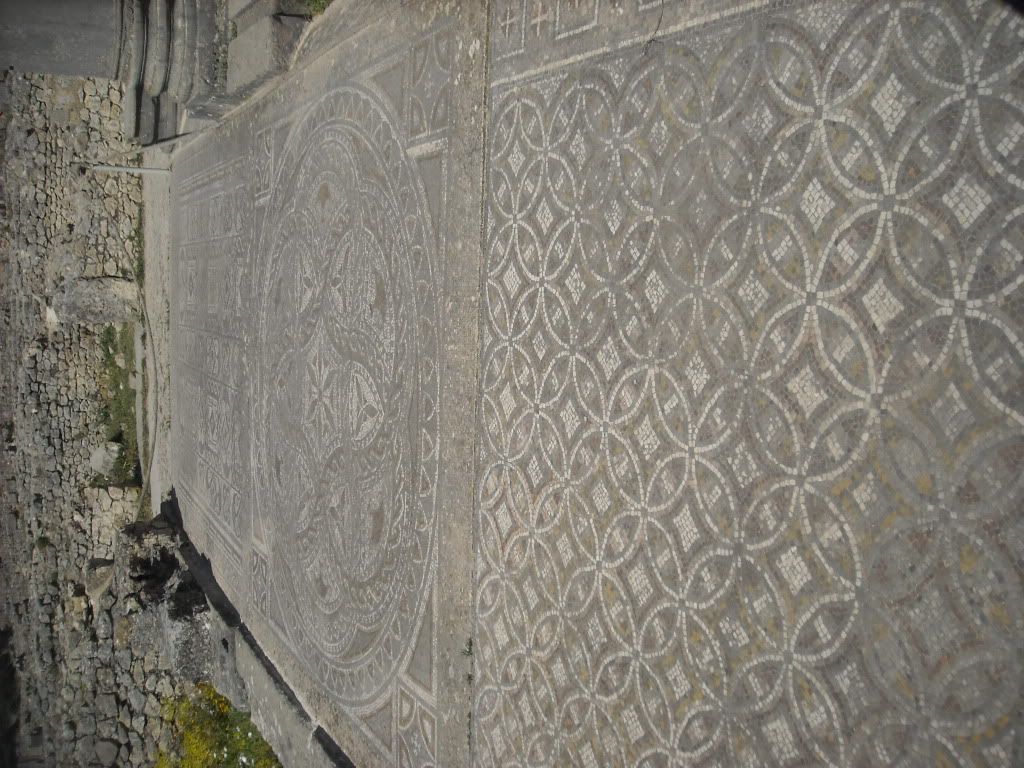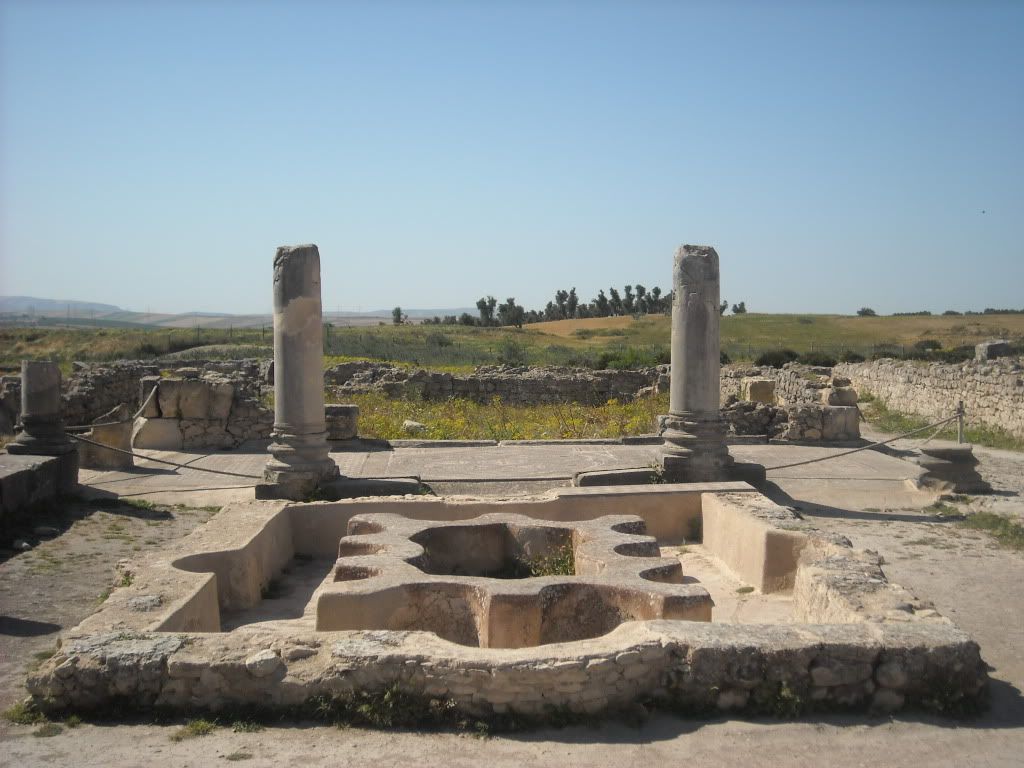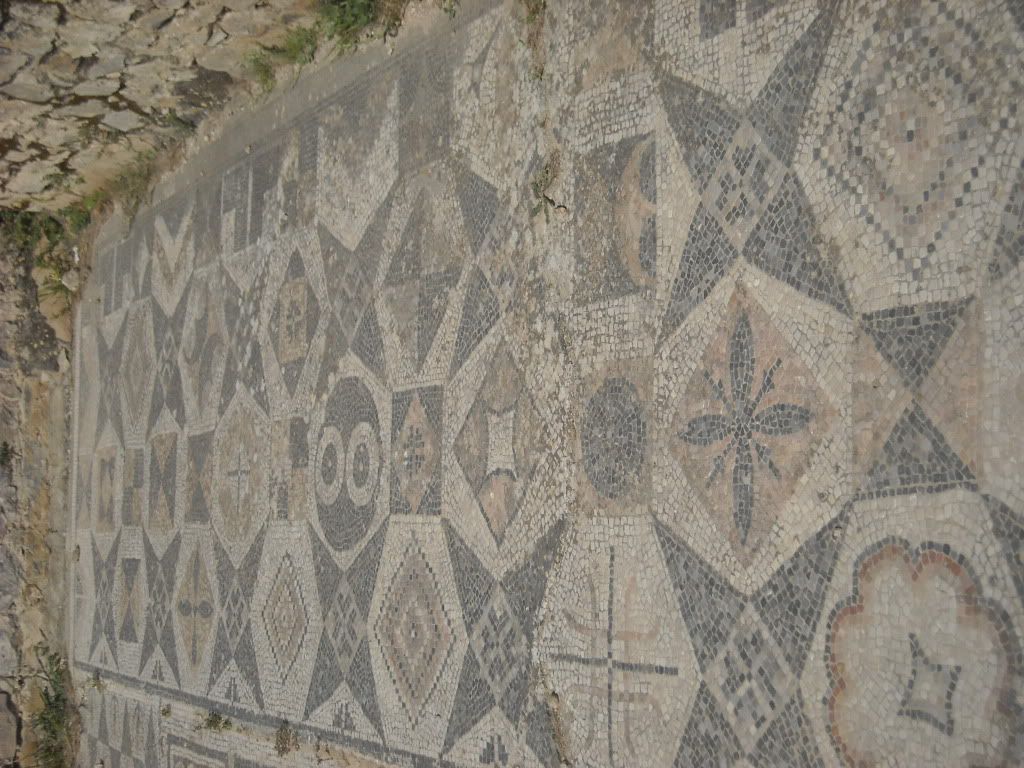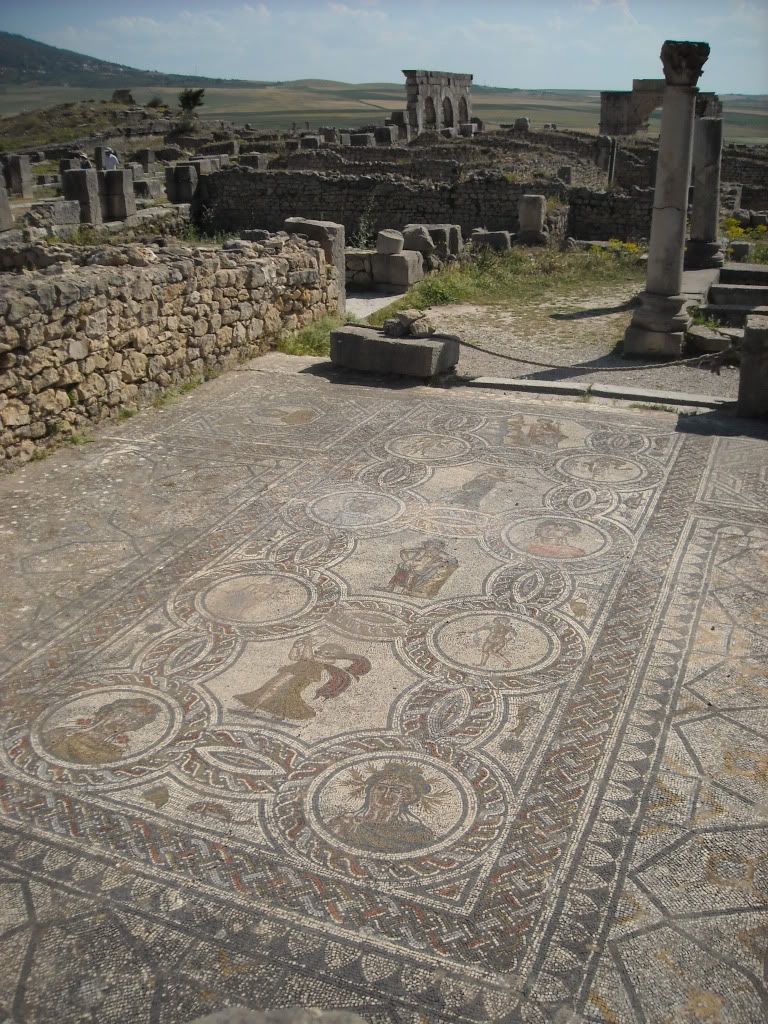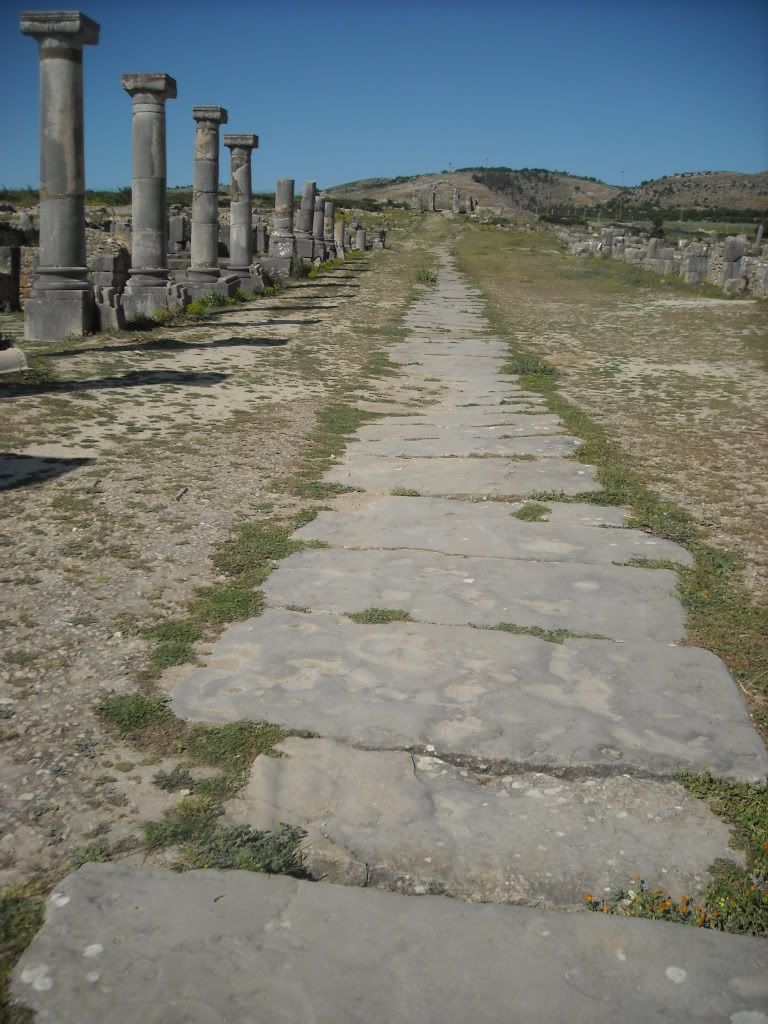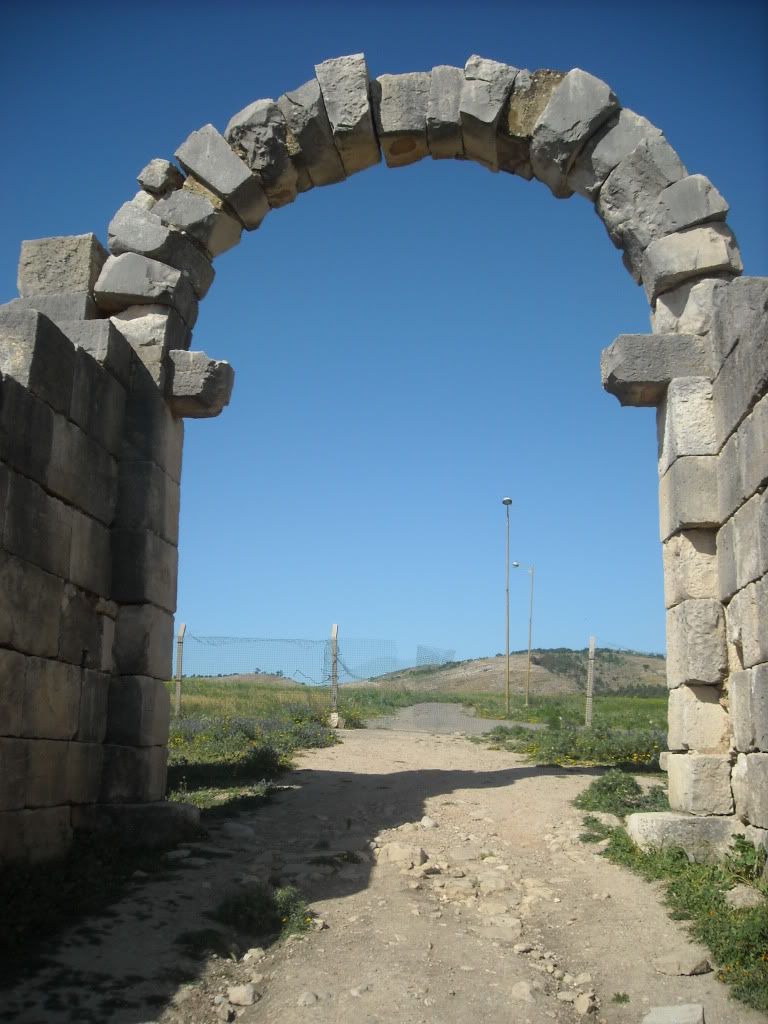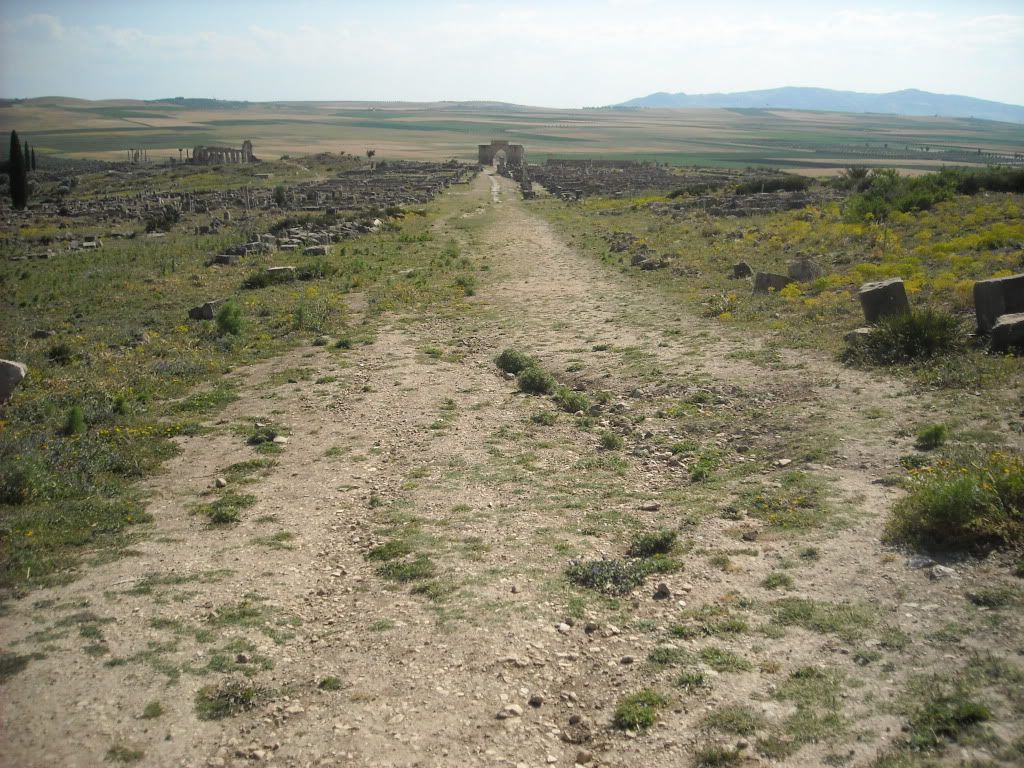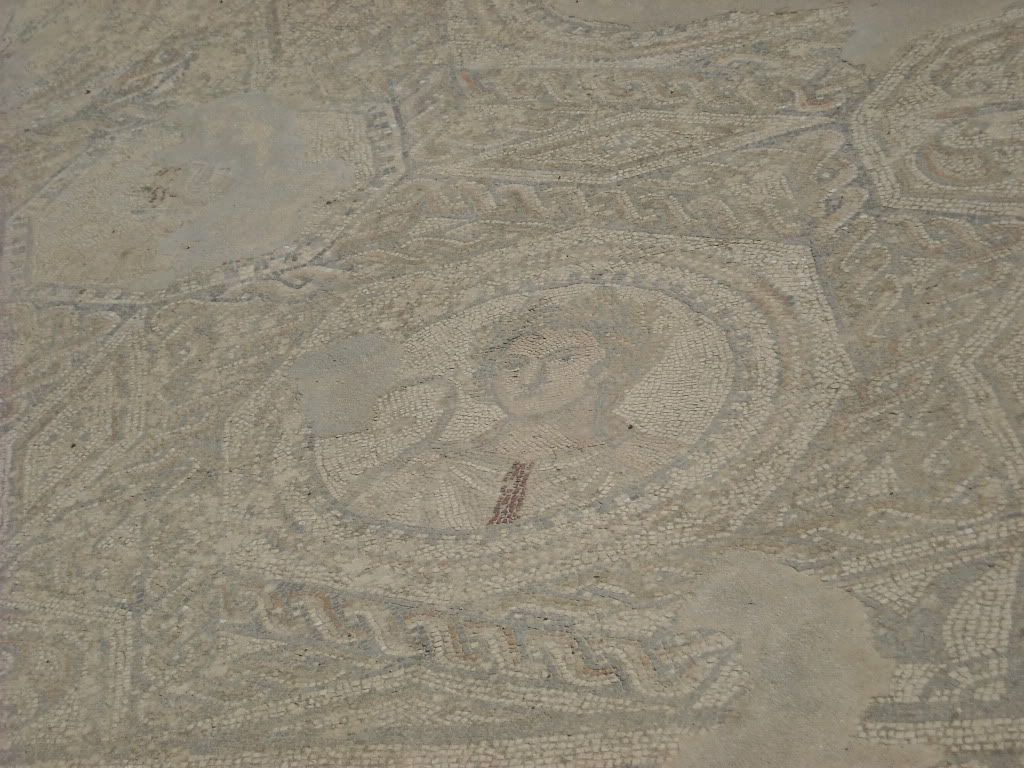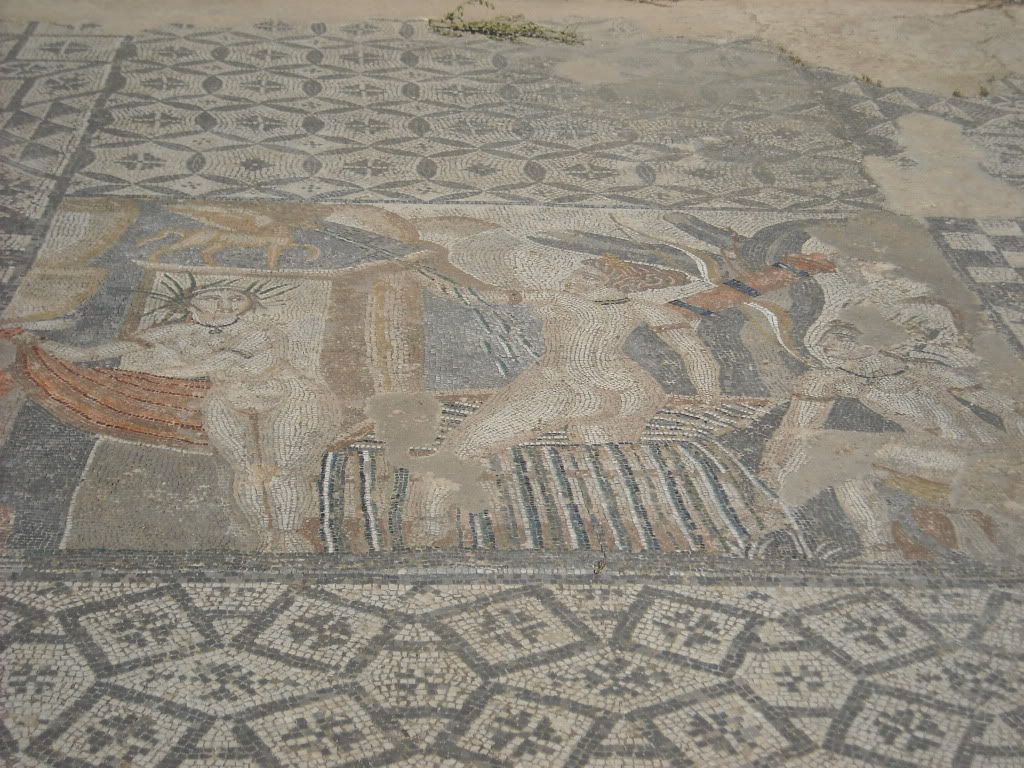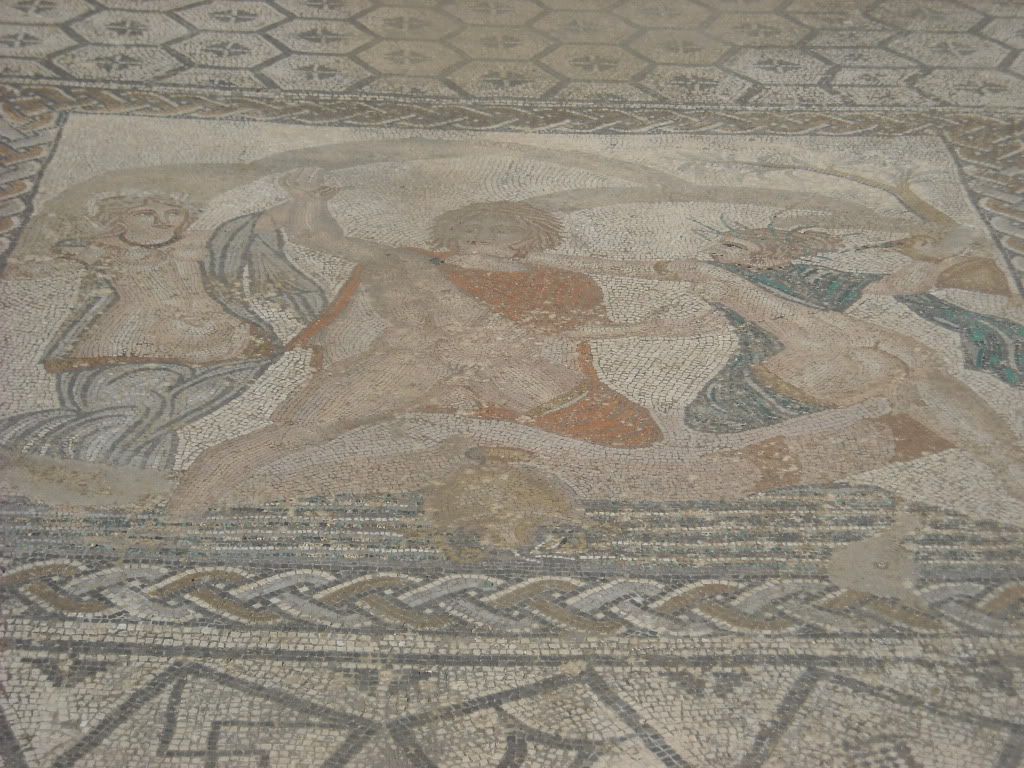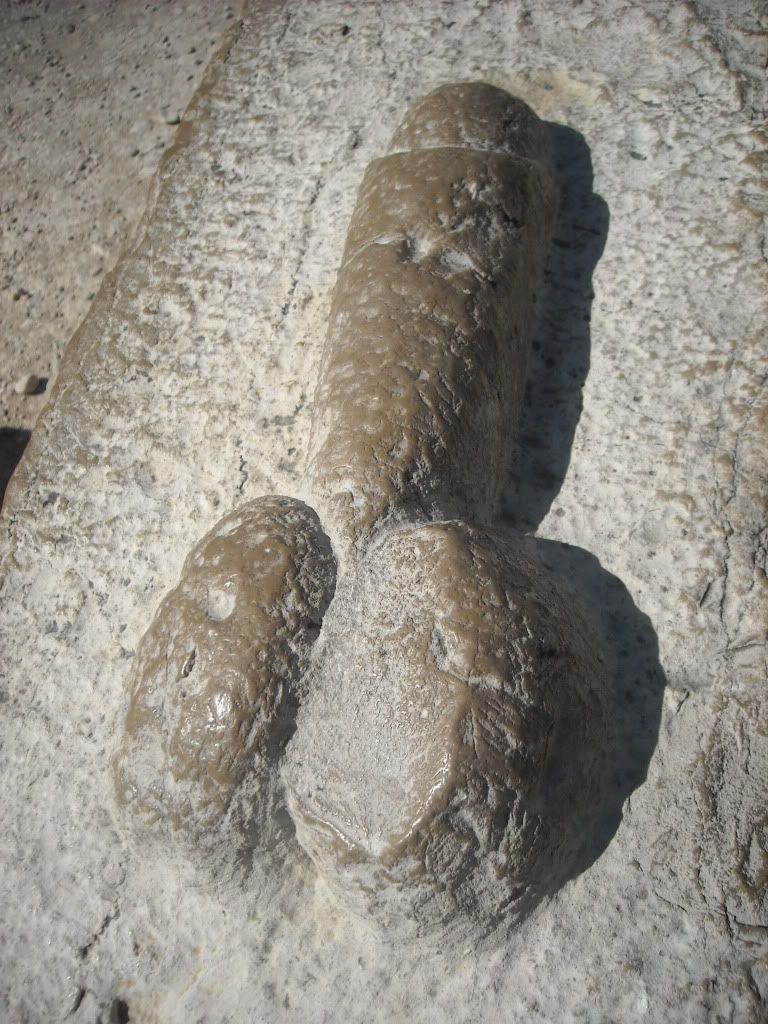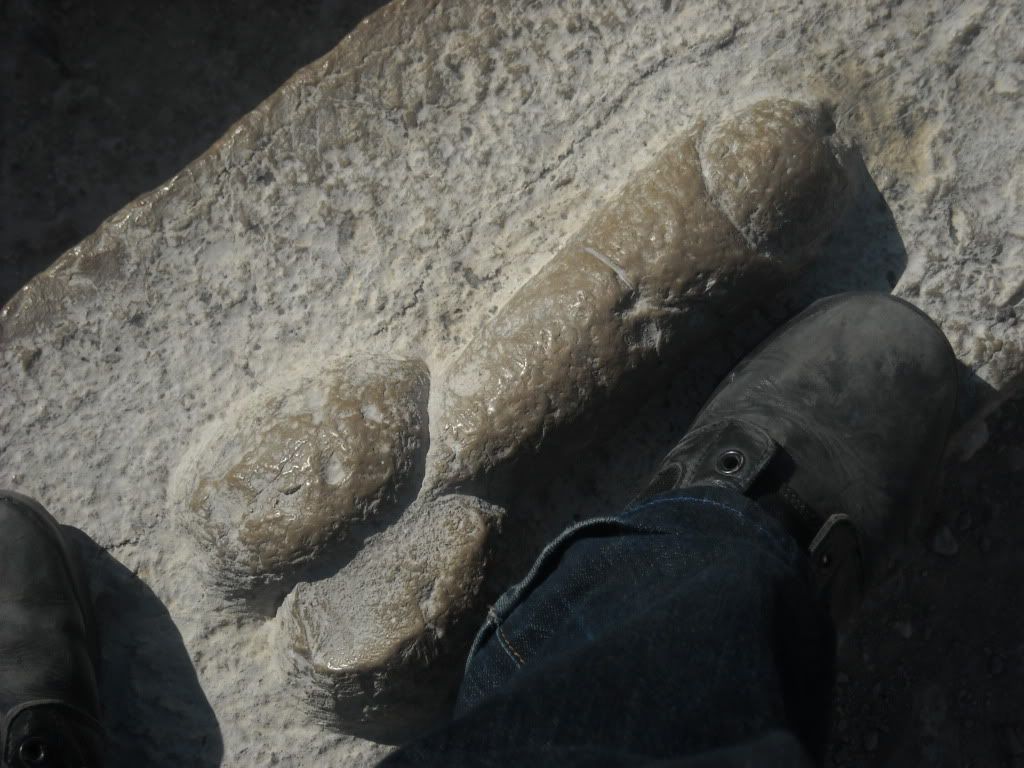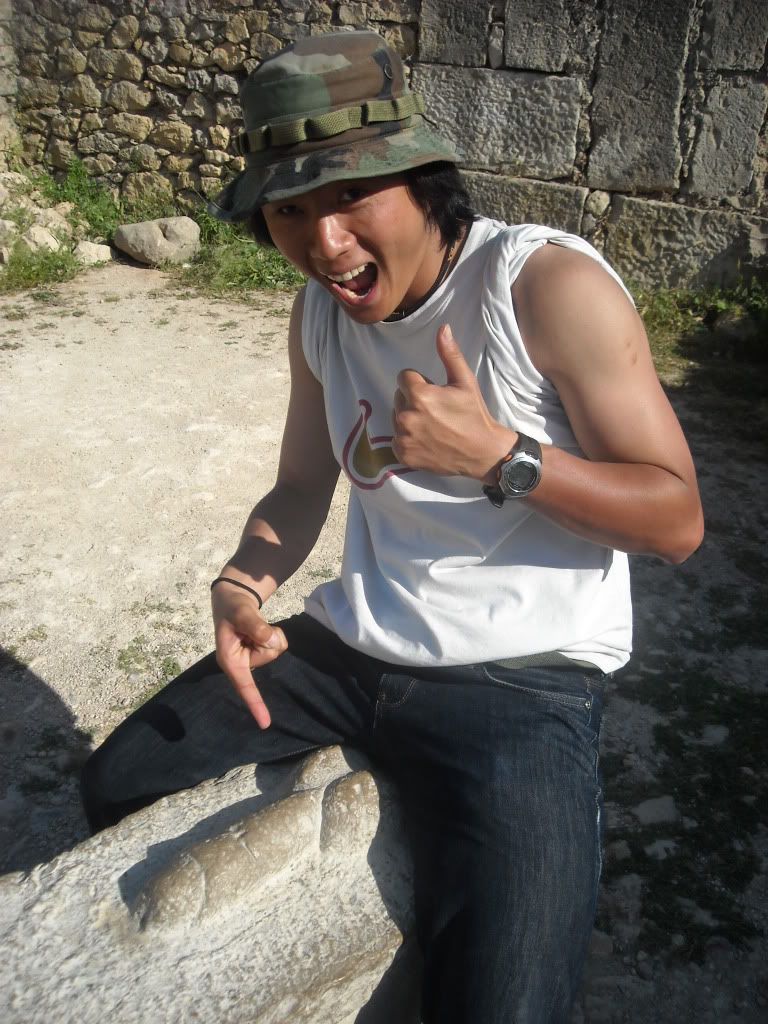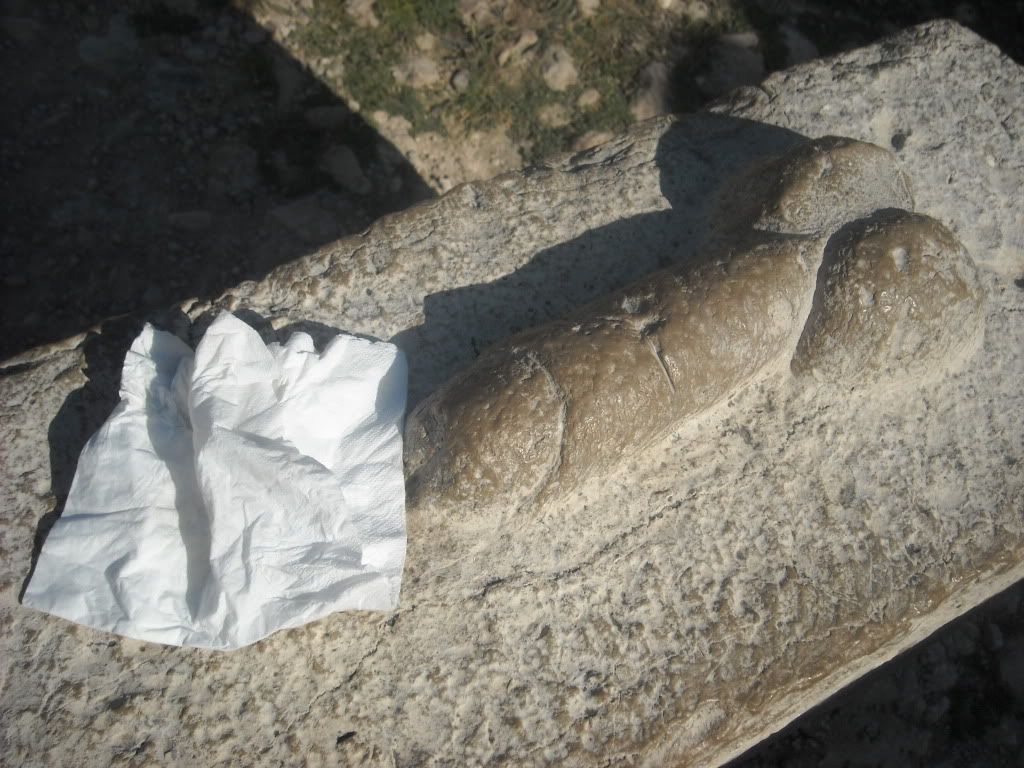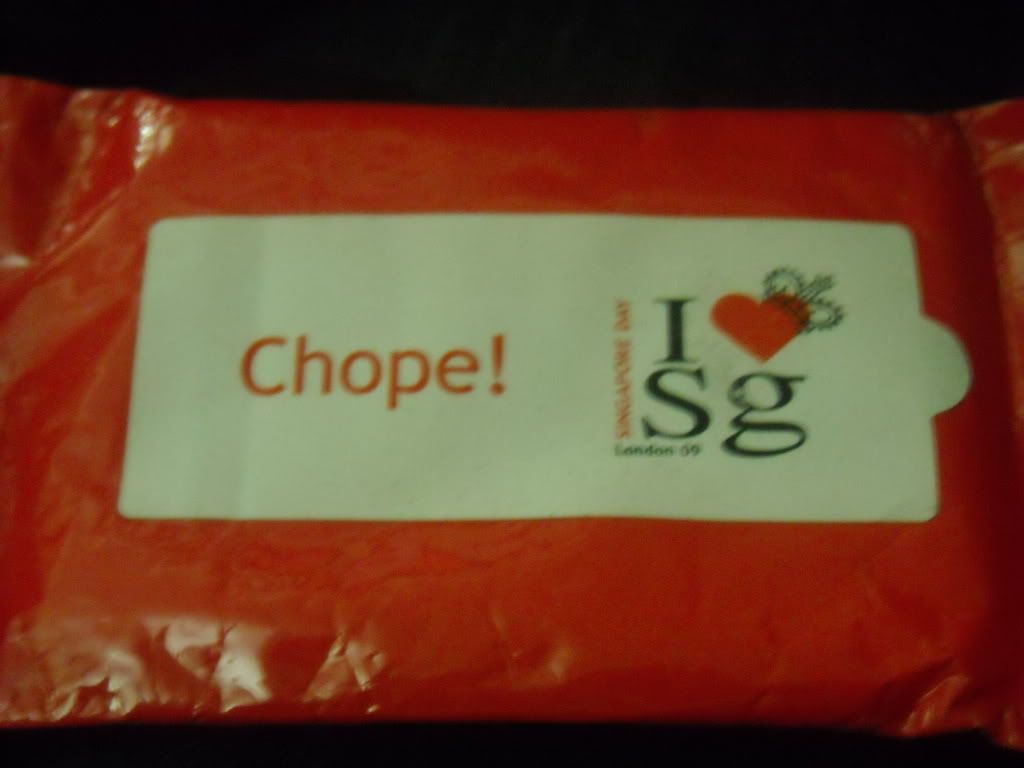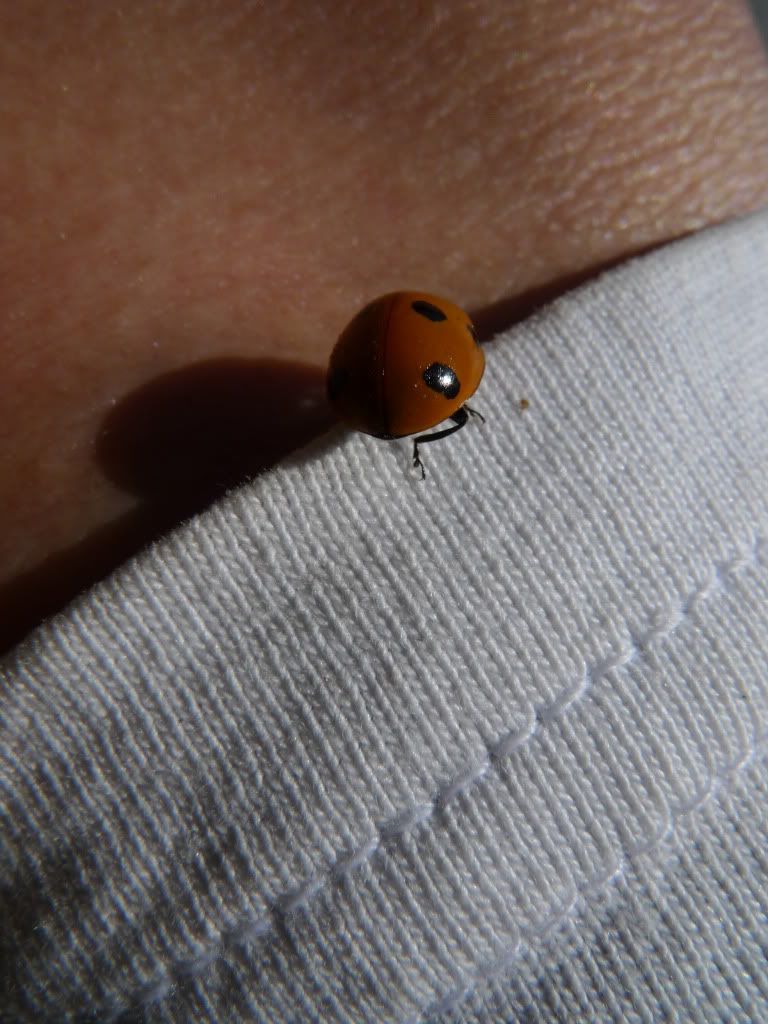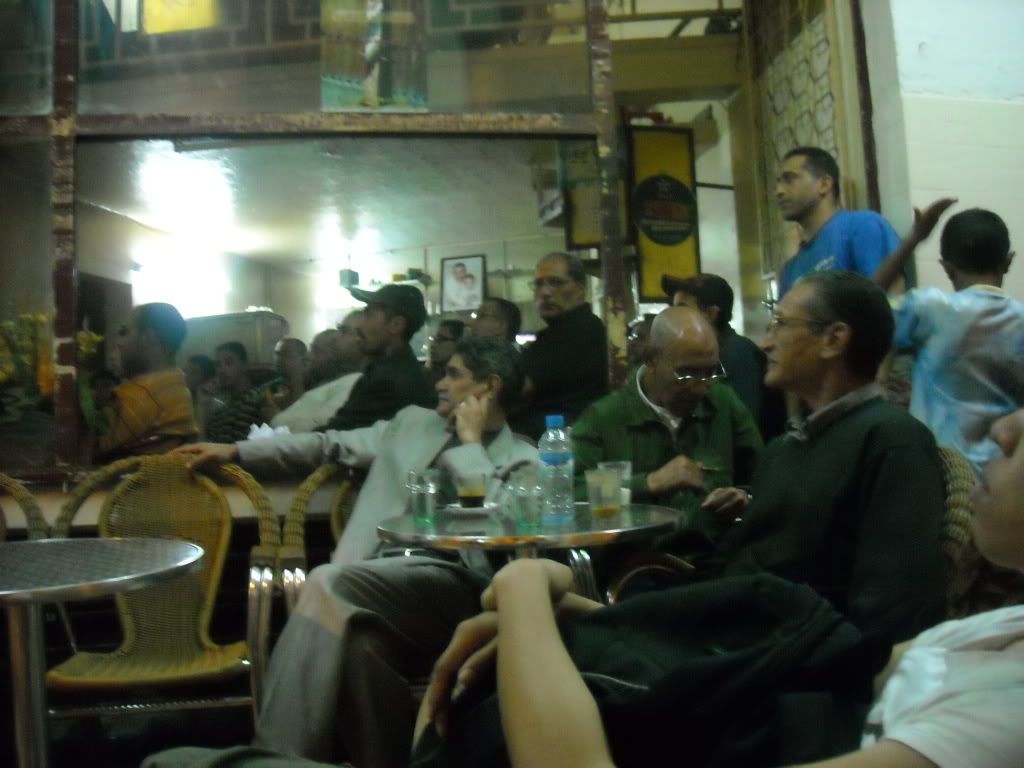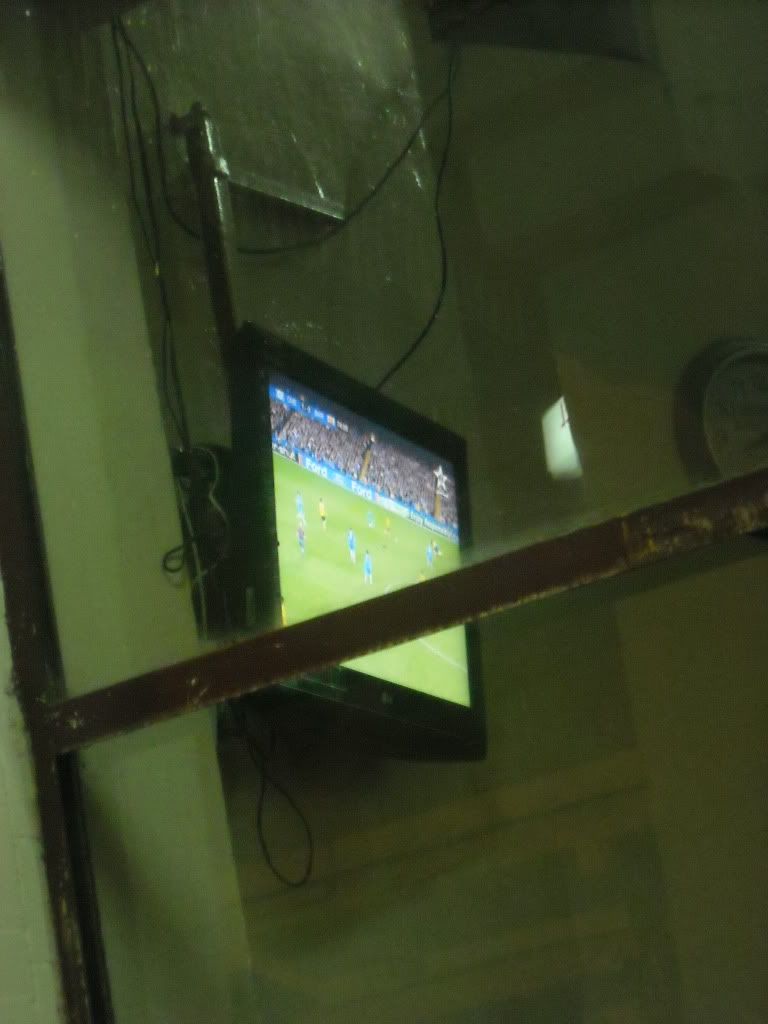Marrakech (Marrakesh) is filled with "must see" attractions. Just strolling around the old-walled city (medina) is enough to fill your senses with smells, sights and sounds that will stay with you long after you have left. Bring your sense of humour and try a kebab on the Djemma el Fna, or prepare your own delicious meal at one of the culinary schools in the city. Explore the bustling medina with its wonderful souks and museums, and then take a relaxing breather in the Majorelle gardens. Steam in a traditional hammam and bargain for a lamp. Get more ideas about what to see and do in Marrakech, from my list below.







1. Dinner at the Djemma el Fna
The Djemma el Fna is really the heart of Marrakech, it's a large central square in the old city. At the end of the afternoon it transforms into a medieval entertainment center. Snack stalls are replaced with stalls offering more substantial fare and the square comes alive with jugglers, snake charmers and story-tellers, drawing local crowds. While the food is fresh, the meat won't exactly melt in your mouth, but you're here for the atmosphere. Dinner should cost around $10 per person and Moroccans dine late, so go after 8pm. Be fully prepared to be hustled by each stall owner, even though most offer the same fare. If you can't take the sales pitch fenzy, just say "I already had dinner", it may work. Remember it's all just fun.
2. Take a Cooking Course
The cuisine of Morocco has been enjoyed by many, but mastered by few outside of Morocco. When you are in Marrakech a perfect way to spend a day is to shop for ingredients in the local markets and then learn how to prepare a traditional Moroccan meal, guided by a professional local cook. Several Riads offer informal cooking classes but there are excellent formal classes. Recommended options include:
Ateliers d'ailleurs
La Maison Arabe
Riad Kniza Cooking Workshops
More on: Cooking Courses and Culinary Vacations in Morocco.
3. Find Peace in the Majorelle Gardens
The Majorelle Gardens in Marrakech are filled with rare plants, bright colors and peace. The botanical gardens are situated north-west of the Medina of Marrakech, about a 30 minute walk. (Stop by the wholesale market en route to see mountains of dates, nuts and grains getting bought and sold). Try and get there by 10 am before the busloads of tourists arrive.
The Majorelle Gardens were designed by a French painter Jacques Majorelle who settled in Marrakech in 1919. In 1980, Pierre Bergé and Yves Saint Laurent repurchased the gardens and faithfully restored them. Majorelle's workshop is now a small Museum dedicated to Islamic Art. Yves Saint Laurent died in June, 2008 and had his ashes scattered in the Majorelle Gardens.
4. Shop 'til You Drop in the Medina
There is no shortage of things to buy in Marrakech and indeed when you step into the souks inside the Medina walls of old Marrakech, you'll be getting the hard sell on lamps, hookahs, trinkets and carpets. I usually shop my way through my entire stay in Marrakech. The key is to enjoy bargaining, stay friendly, and know what your price limit is. If you find yourself inside a carpet shop (anyone using a guide will end up in one), don't feel pressured to buy and just leave a small tip for the guys who roll them out for you. They are beautiful to look at and sometimes it's quite nice to sit down and enjoy a little cup of tea. For quality contemporary art, check out Galerie Rê and the Matisse Art Gallery.
5. Steam in a Traditonal Hammam
The hammam is a public steam bath in Morocco. Hammams used to be the only place people could come to bathe and scrub, since a private bathroom in a house or apartment was a luxury few could afford. Nowadays, you'll find less "public hammams", but there are plenty of upscale hammams in Riads and luxury hotels. They offer more Western style massages and scrubs, while still using local products. To pamper yourself check out Les Bains de Marrakech. If you're on a mid-range budget check out Hammam Ziani. For a "real" experience ask for the local working class hammam, usually next to a mosque. A local hammam is a wonderful, eye-opening cultural experience. It offers women travelers in particular a chance to meet local women. More about hammams
6. Visit the Wool Dyers Souk
The real working souks behind the tourist trinket stalls along the main thoroughfares in the Marrakech medina, are my favorite places to get lost in. Photos aren't always welcome in these parts, but if you ask politely, you may be given permission to snap away. The blacksmiths, woodworkers and dyers are hard at work every day. If you enjoy riots of color and watching traditional artisans at work, you should make every attempt to find the Dyers souk where you'll see huge colorful loops of silk and wool hanging to dry. The dyers will show you how they use their dye, boil the wool etc. It's fascinating and it's what makes Marrakech so attractive, people still work here -- it's not all for tourists.
7. Attend the Marrakech Popular Arts Festival
The annual Marrakech Popular Arts festival, held in July, attracts folk singers, dancers, fortune-tellers, acting troupes, snake charmers, fire-swallowers and more, from all over Morocco. The main events take place in the ruins of the 16 century Badi Palace and the Djemma el Fna. If you're lucky, you can see the real Fantasia. It's a horse-riding spectacle that includes hundreds of charging horsemen (and women) wearing traditional clothing. You can experience the Fantasia in the evenings outside the city walls near the Bab Jdid. If you don't get to see it in July, there's a restaurant that offers the Fantasia as entertainment while you dine, the Chez Ali.
8. Palais Dar Si Said (Museum of Moroccan Arts)
A palace and museum in one and well worth a visit. The palace is opulent and beautiful in itself with a lovely courtyard where you can relax and take some pictures. The museum's displays are well laid out and include jewelery, costumes, ceramics, daggers and other artifacts. The museum is open daily with a couple of hours break for lunch. It's advisable to get there early and avoid the tour groups.
